Triana Walk, Seville, Spain
Triana is a neighborhood located on the west bank of the Guadalquivir River in Seville, Spain. It is one of the most emblematic and traditional neighborhoods of the city, known for its distinct identity and rich cultural heritage. 693
Triana Neighborhood: C. San Jacinto, 10-16, 41010 Sevilla, Spain
Date Picture Taken: June 2023
Triana has a long history dating back to Roman times and has been influenced by various cultures throughout the centuries. It was historically a working-class neighborhood, known for its pottery and ceramic production, as well as its vibrant flamenco and bullfighting traditions.
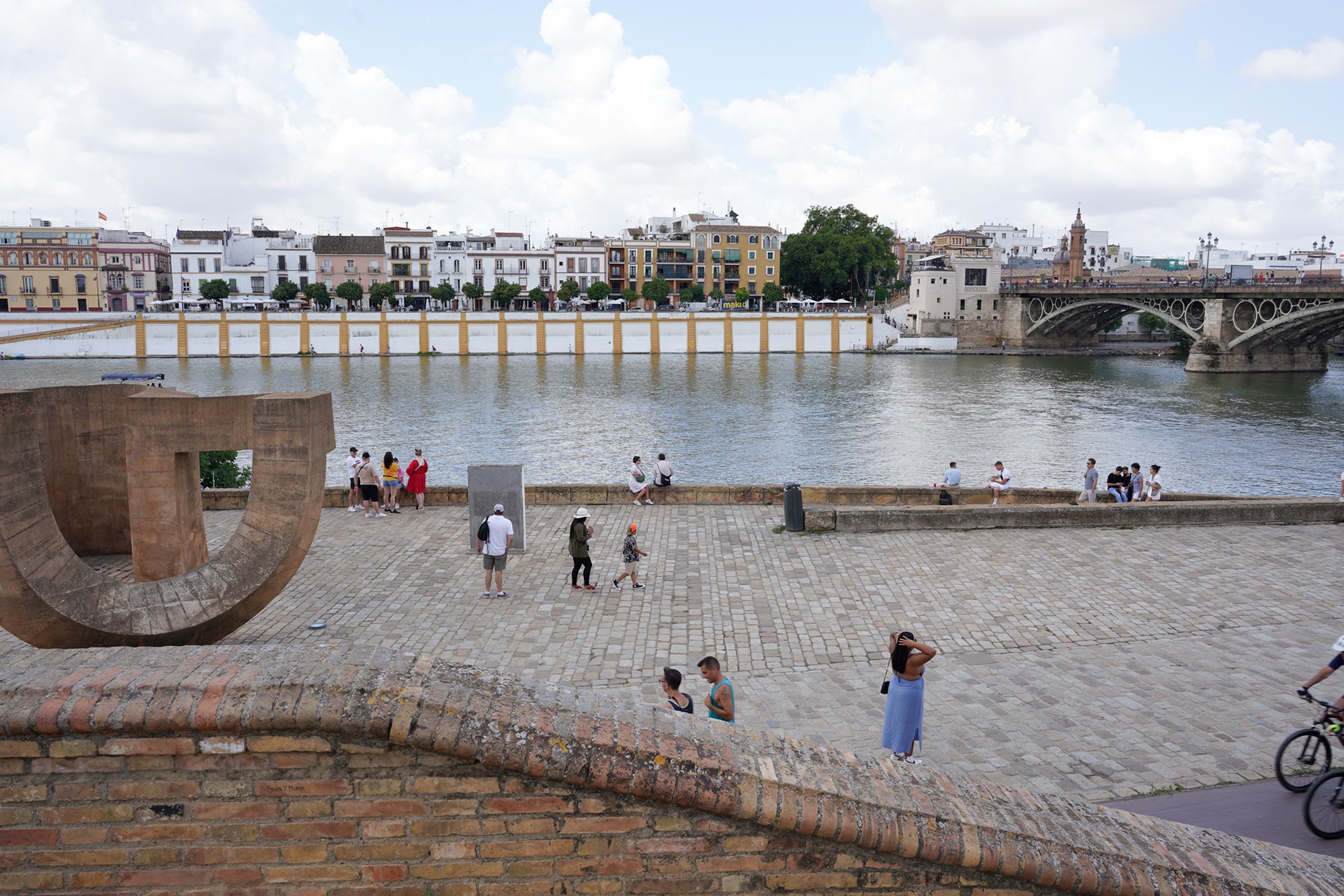
Puente de Isabel II. Historic iron arch bridge completed in 1852, connecting the Triana neighborhood to Seville’s center.

Walking across the Guadalquivir River
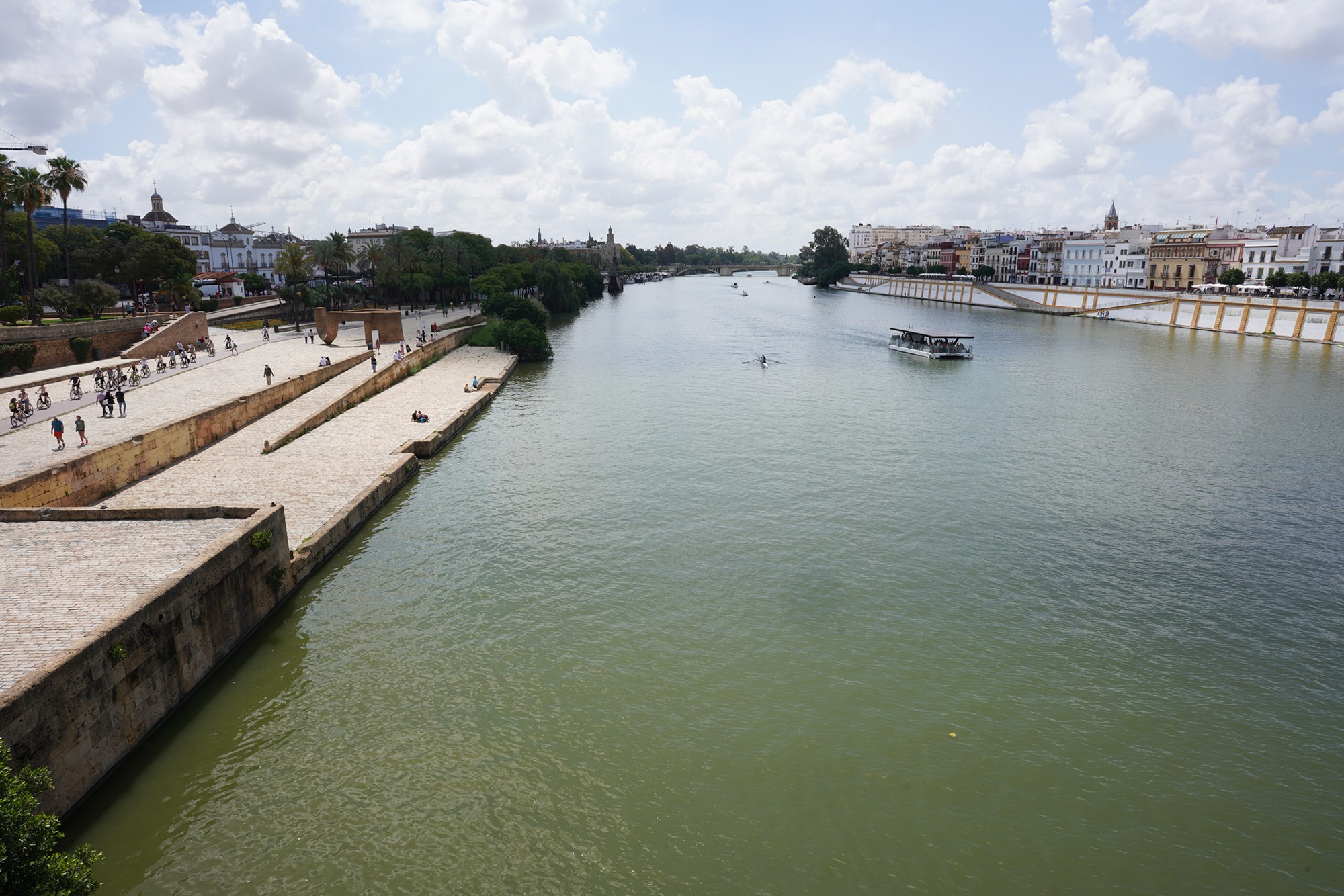
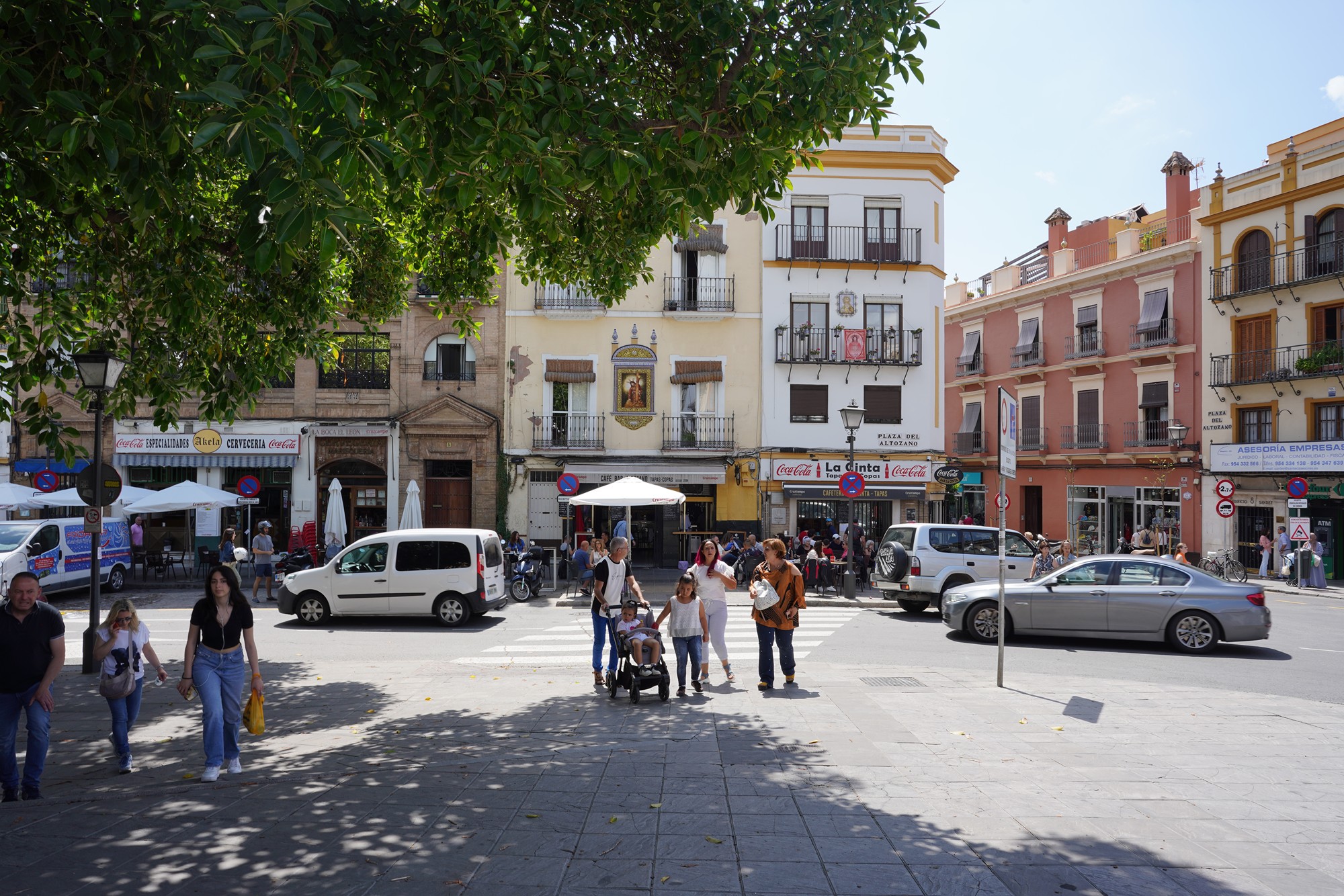
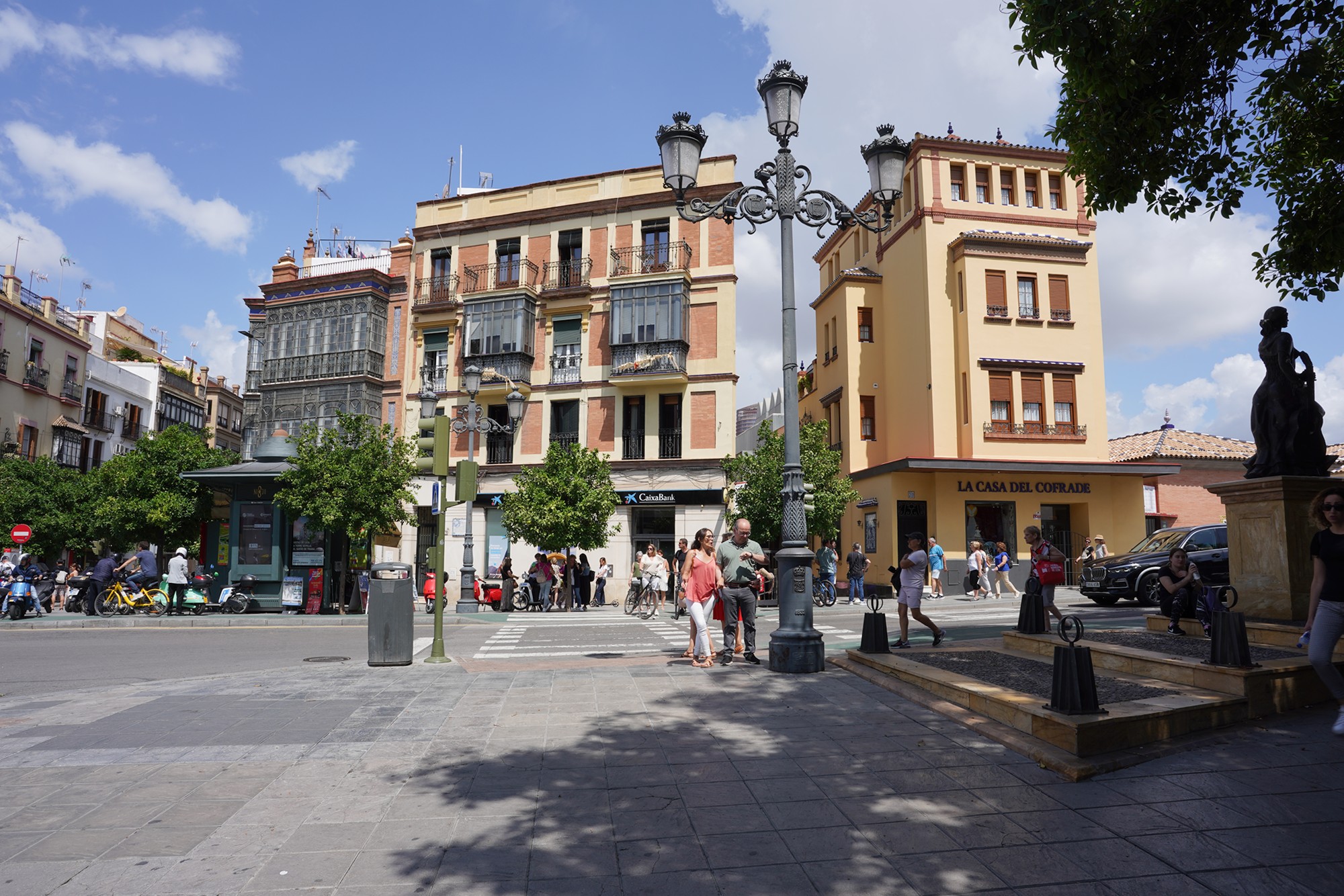
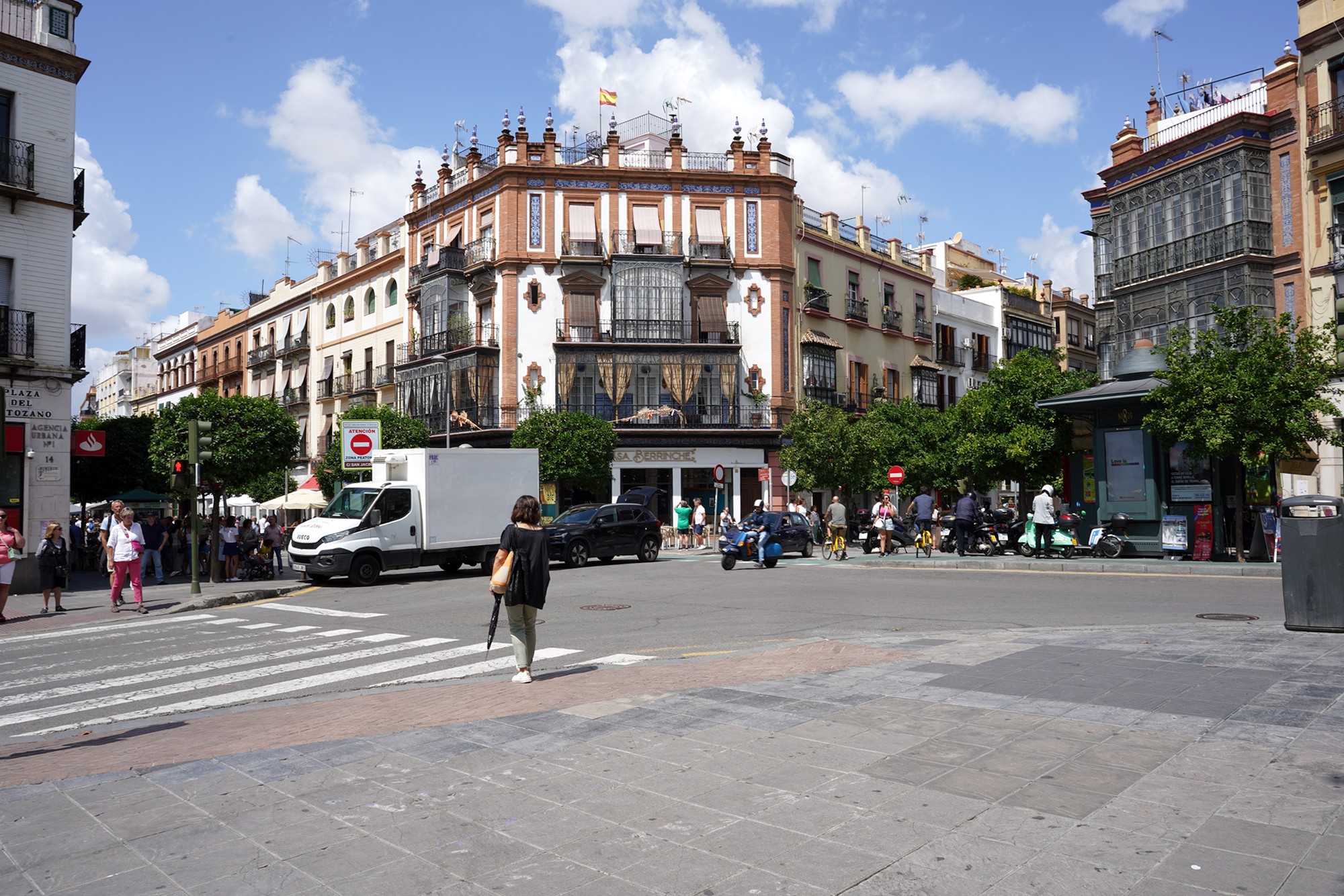
Looking back at the bridge just crossed
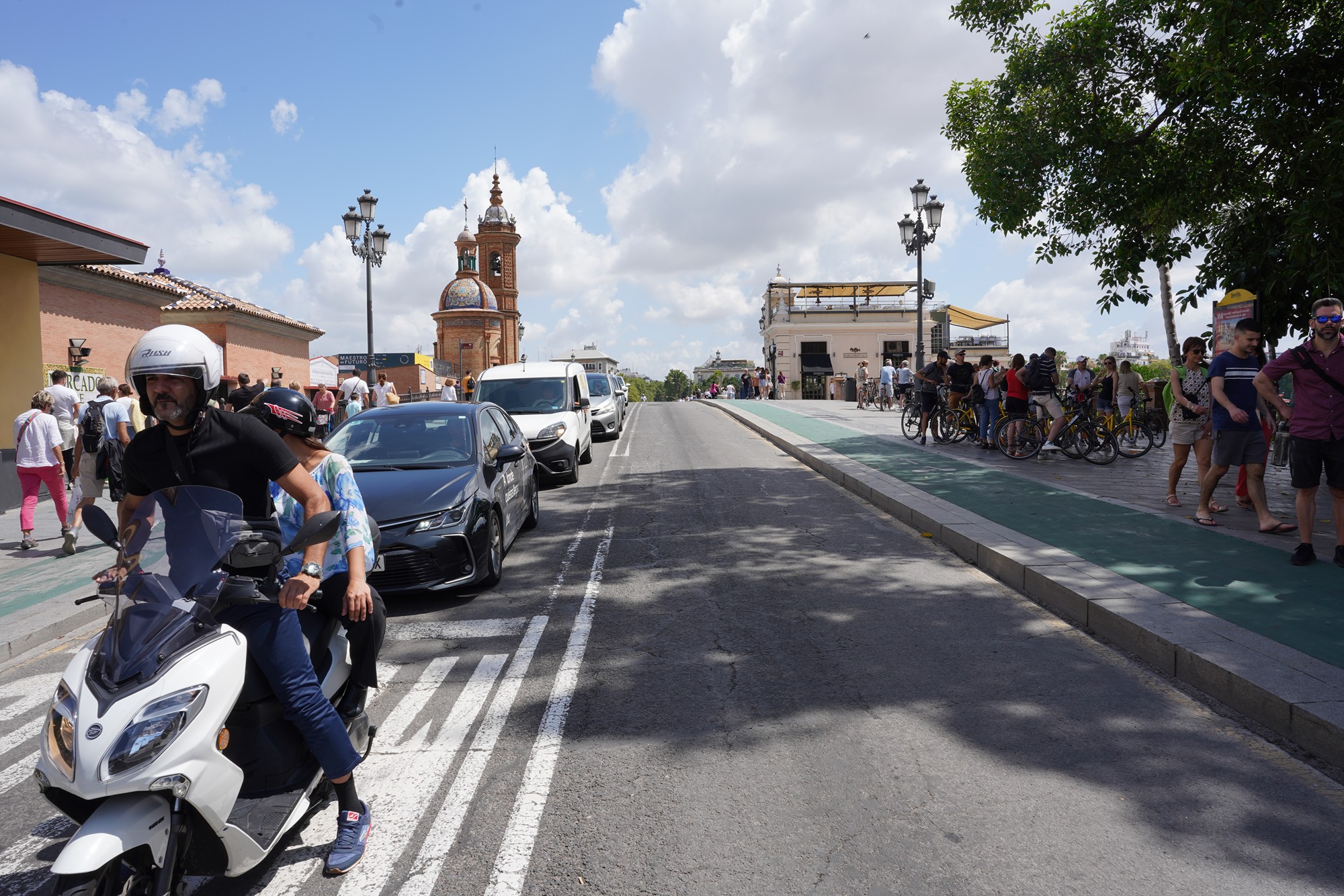
Just next to the bridge is the Triana Market
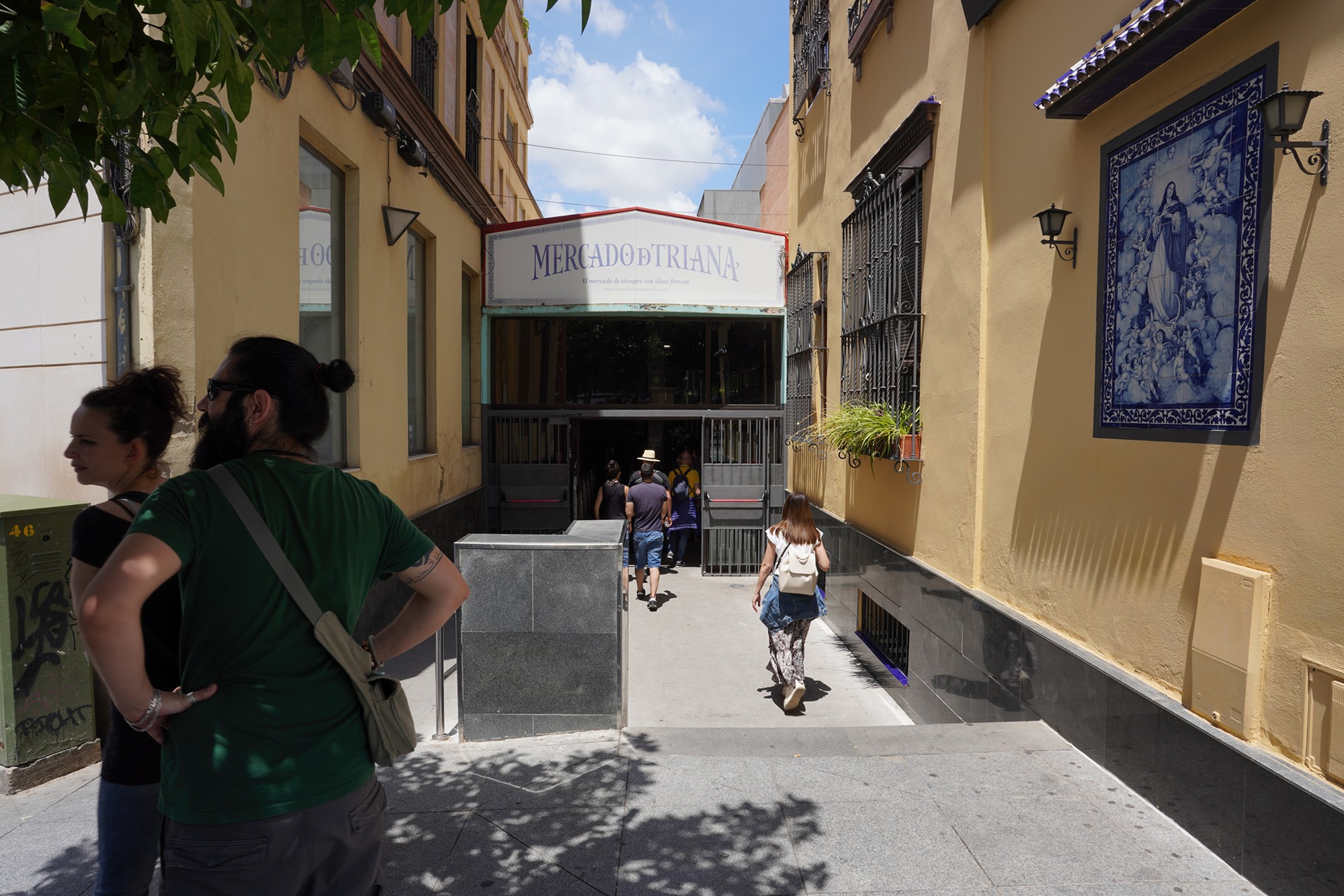
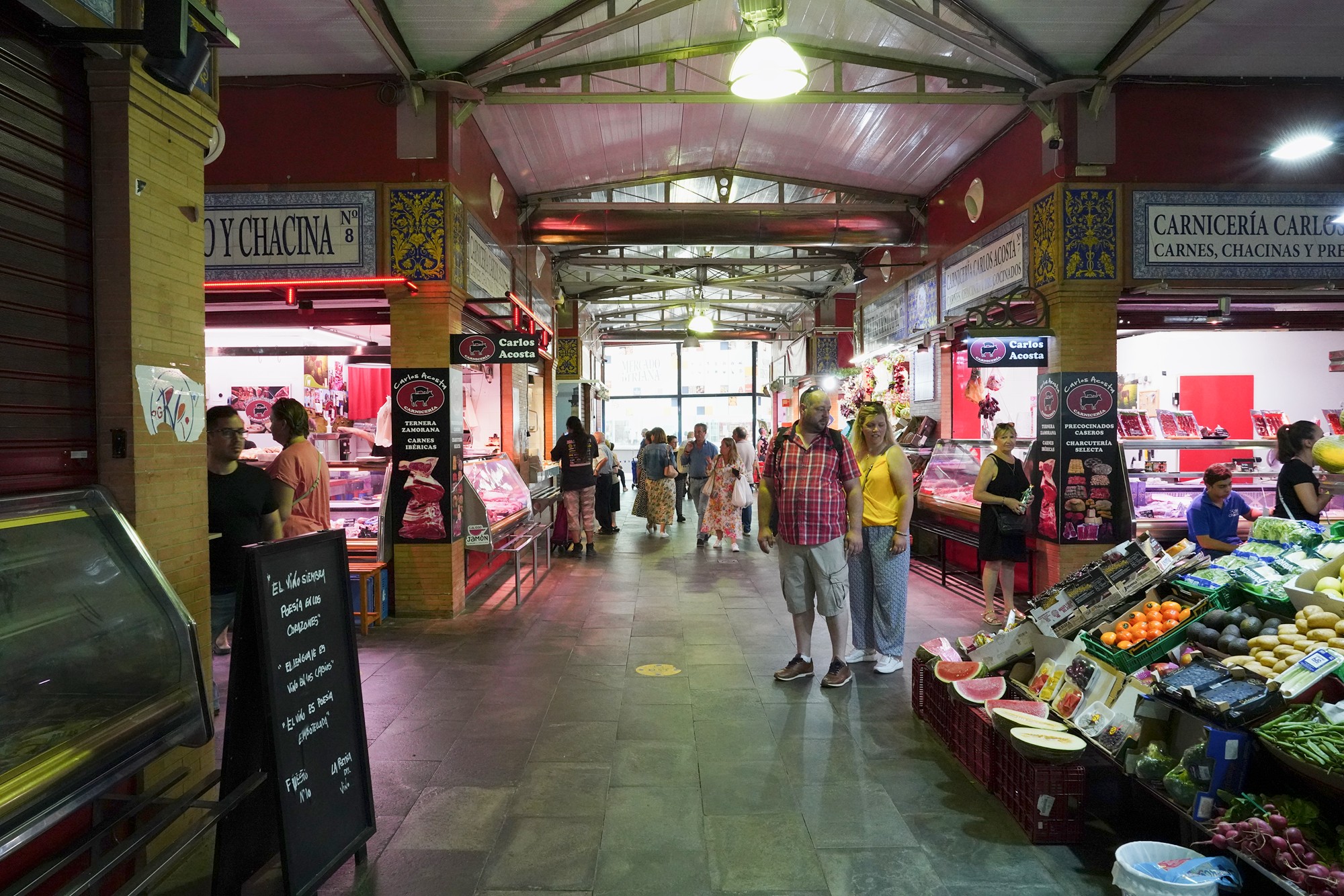
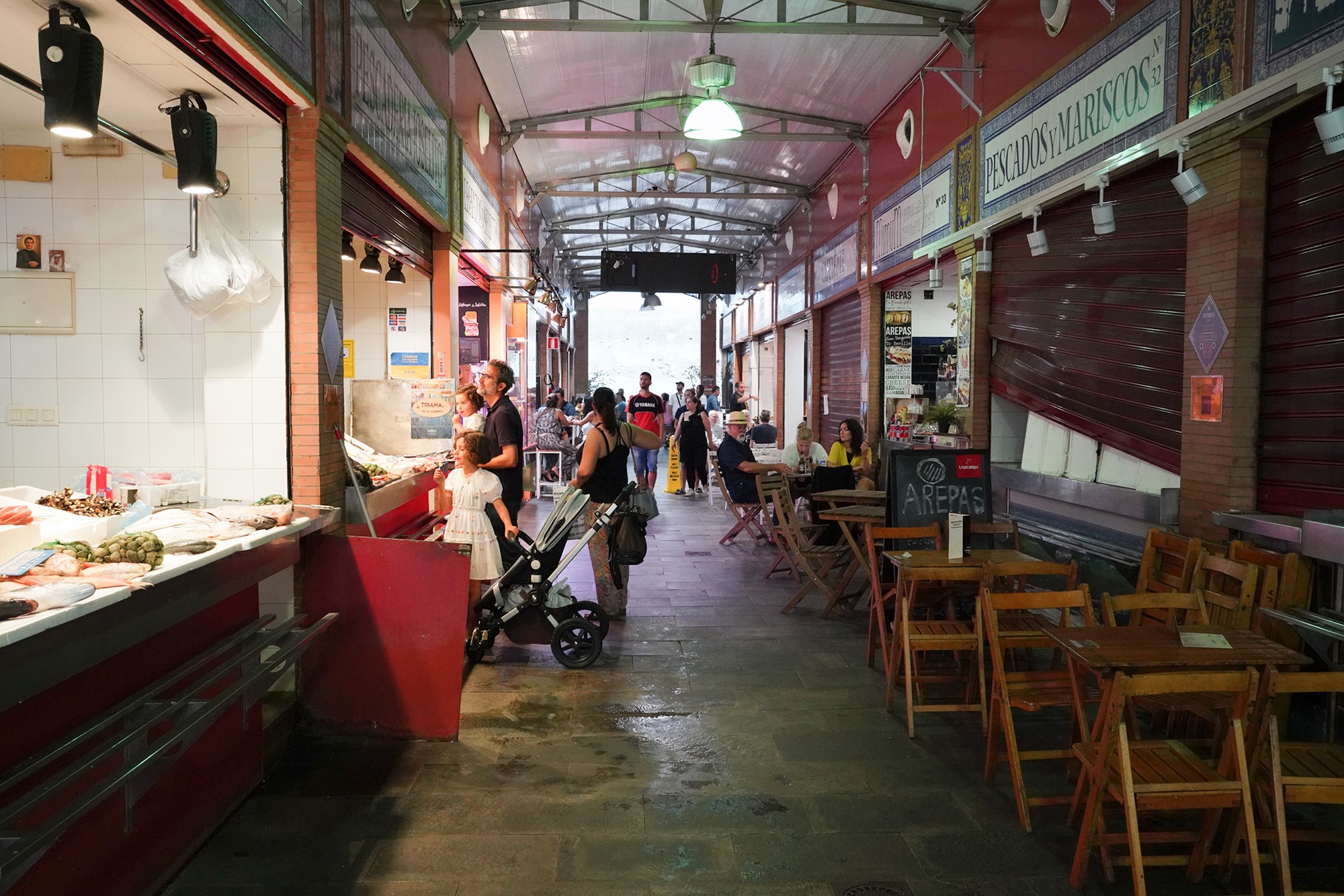
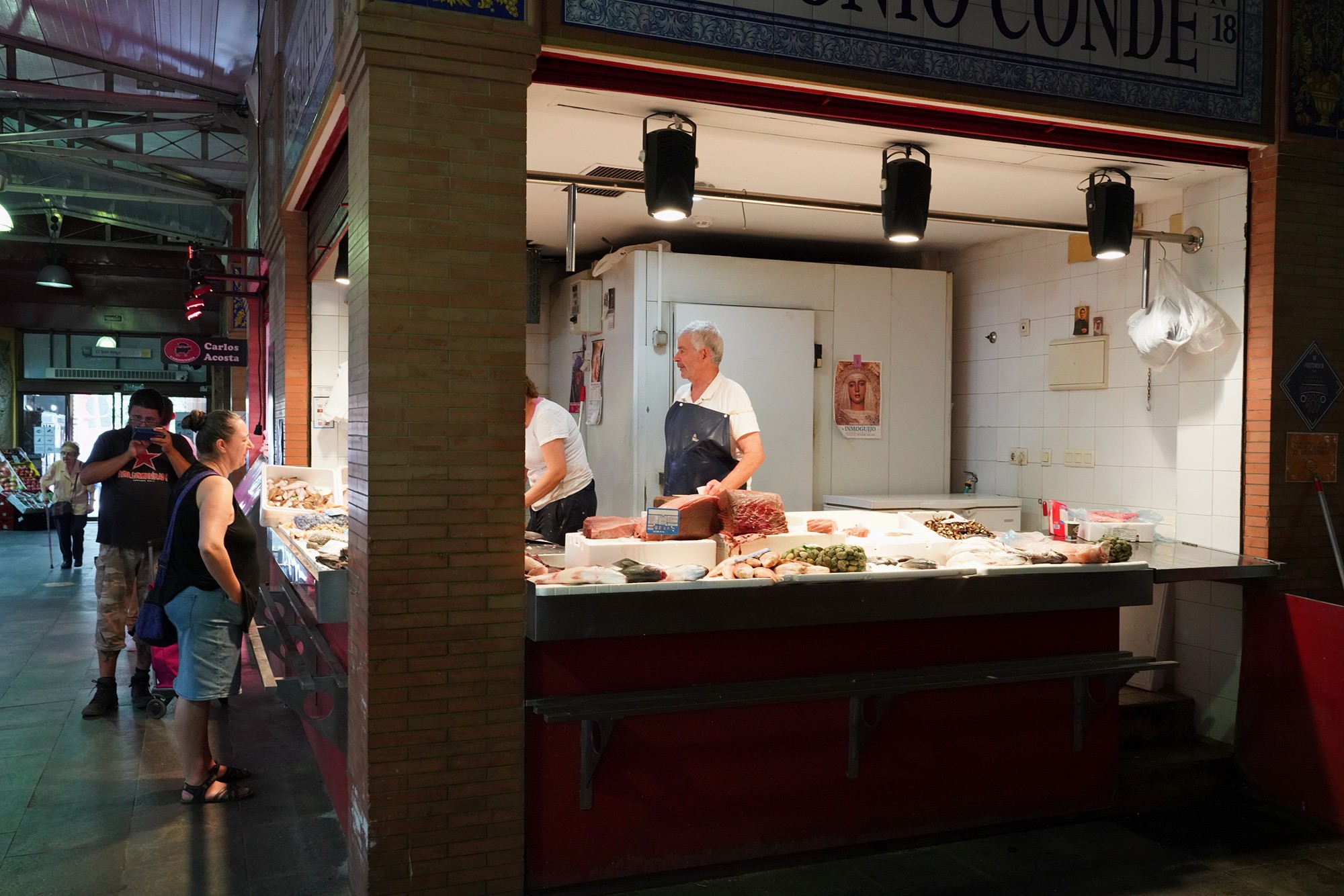
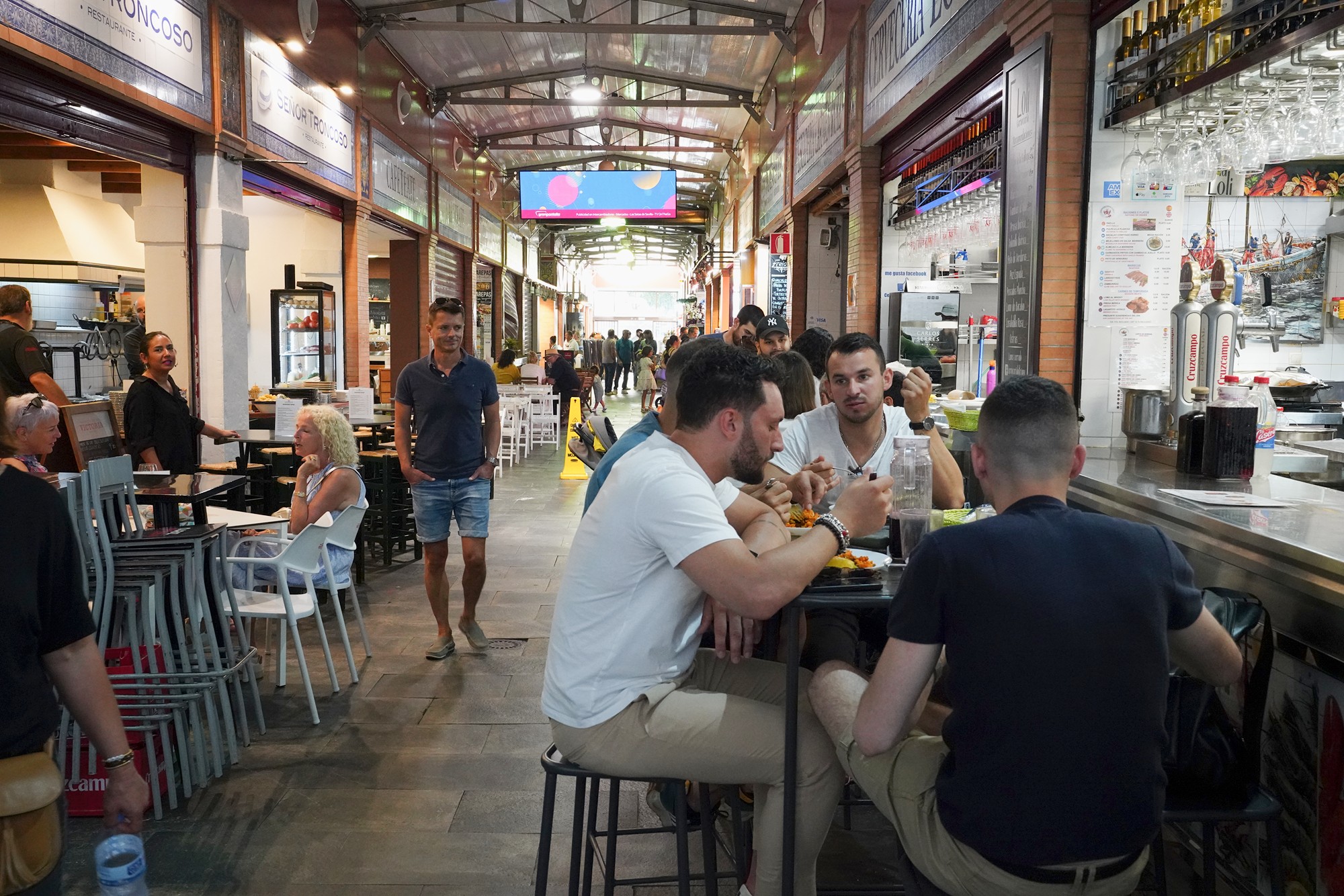
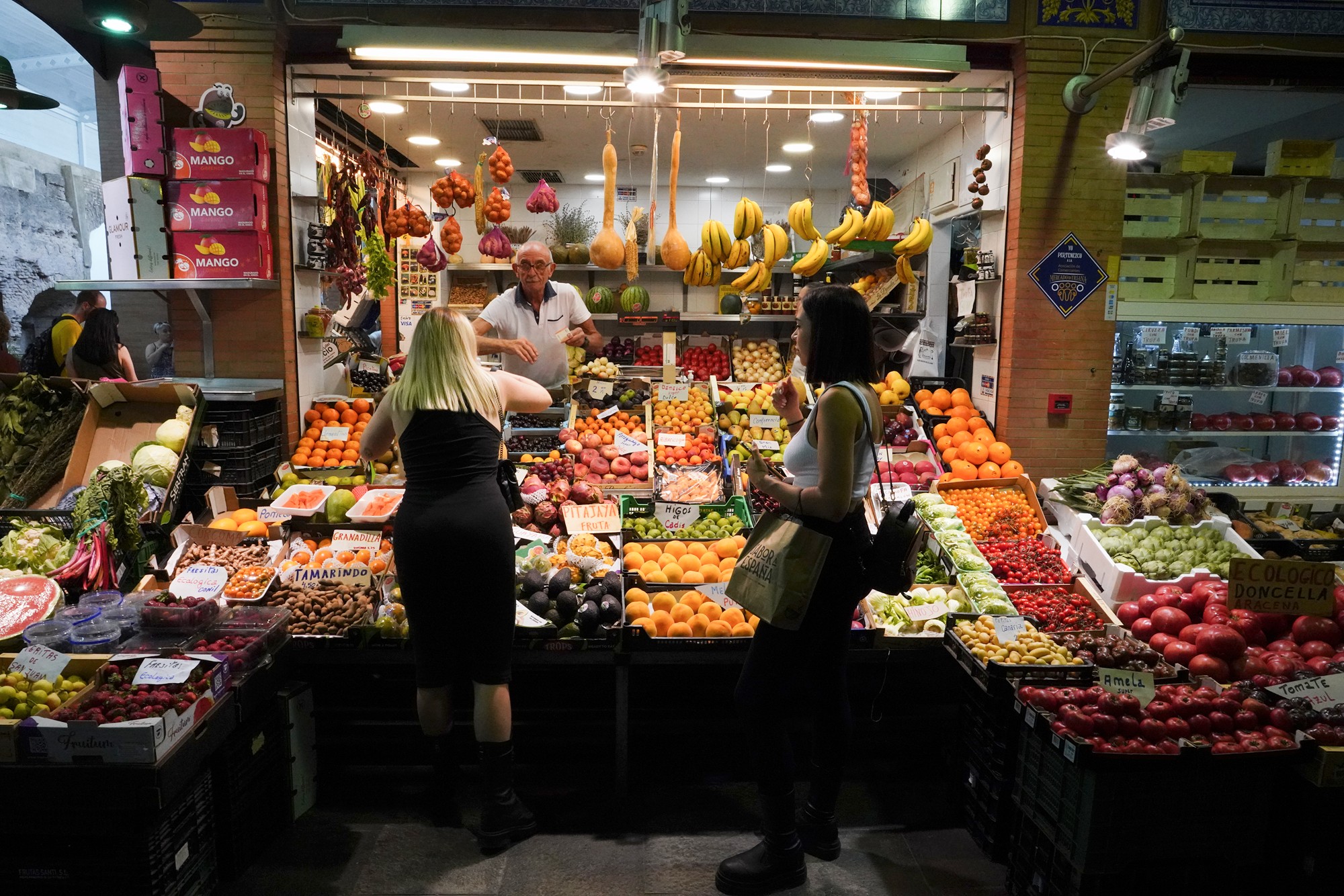
Another building next to the bridge is Museo Del Castillo De San Jorge. Remains of a medieval fort with exhibits on its use as a prison during the Spanish Inquisition.
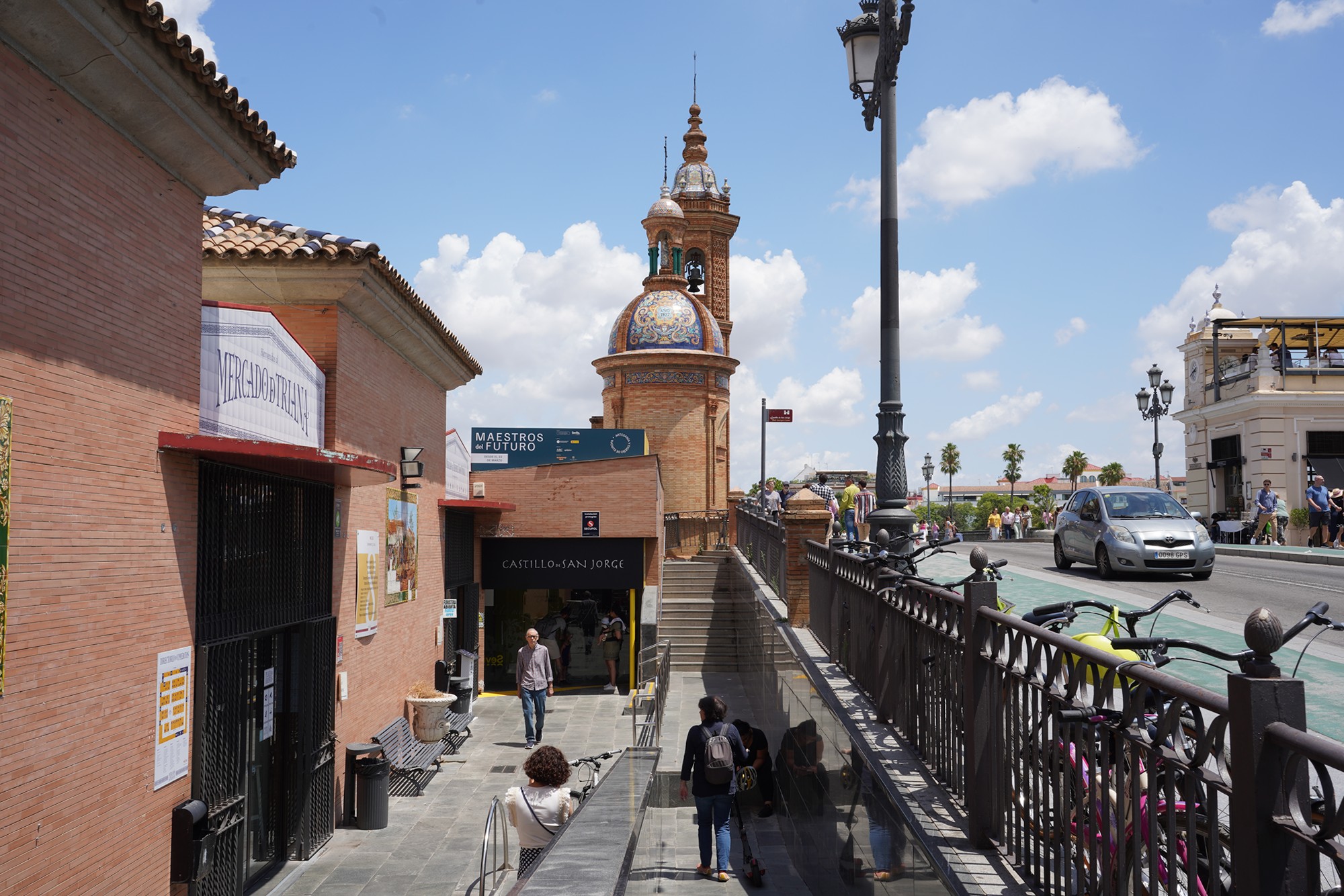
Inside the fort/castle, which is used as a museum now


At one time, it was used as a jail cell for a prison during the Spanish Inquisition.
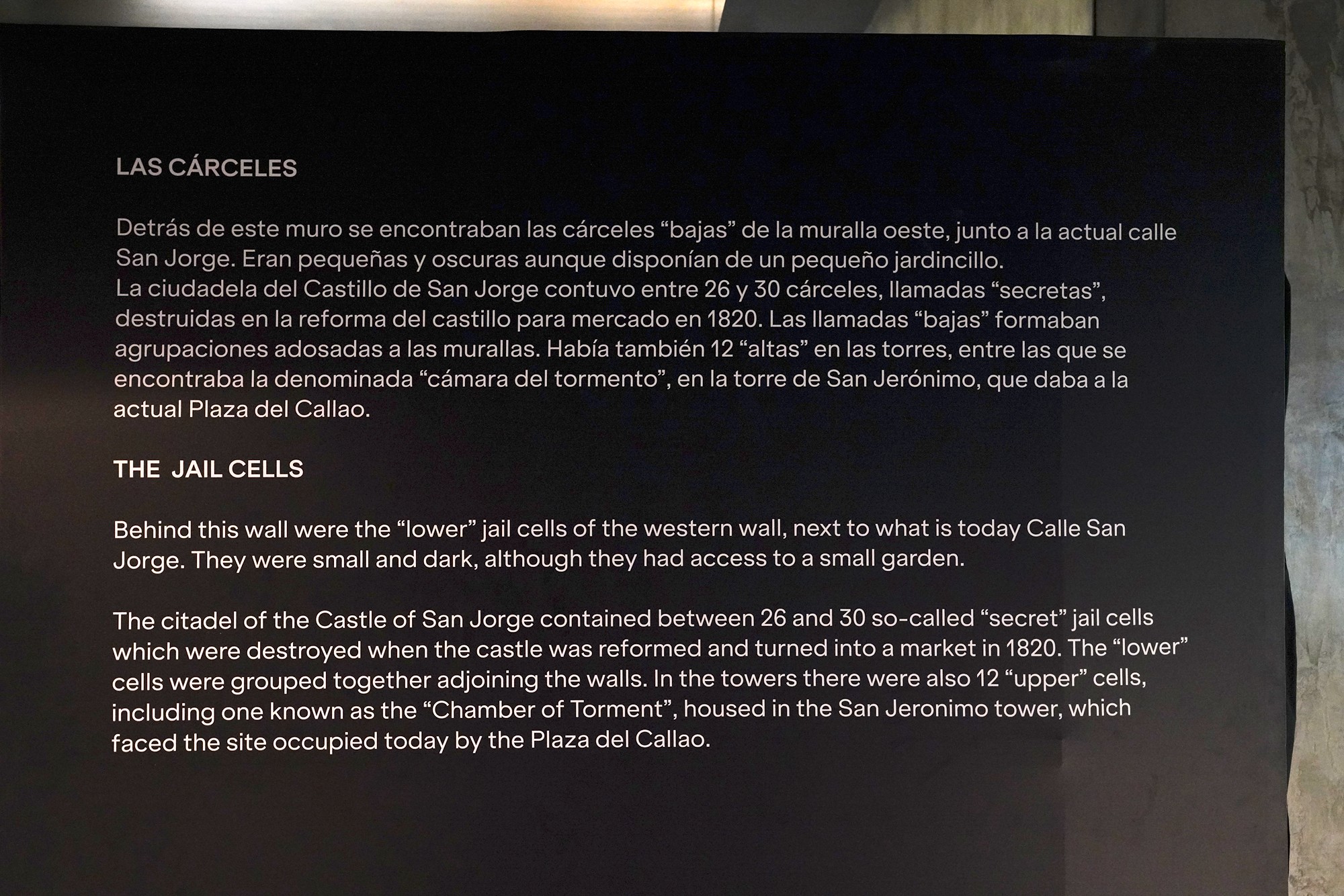
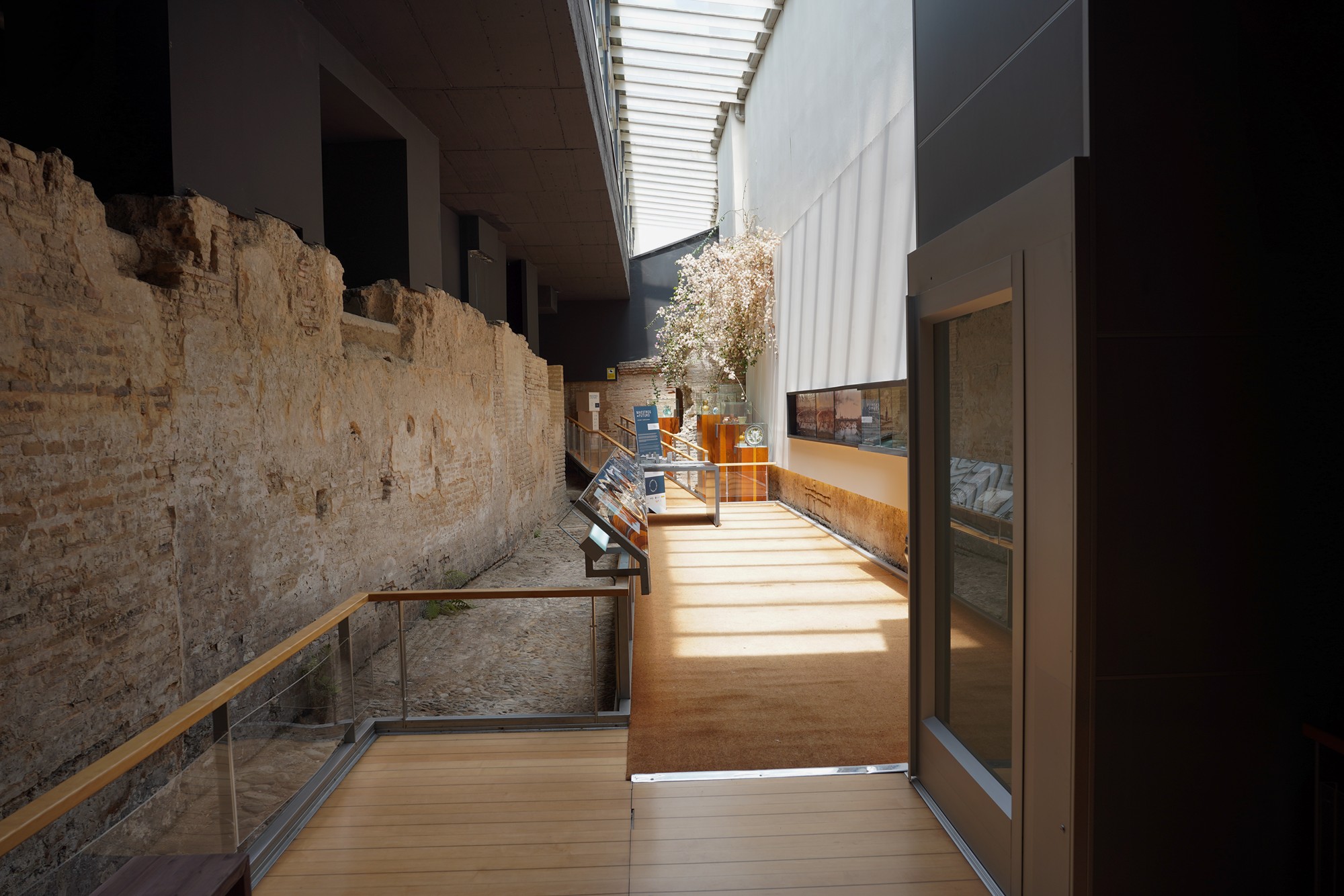

Almohad Necroplis dated 12th and 13th centuries. It served as a burial site for the Almohad rulers and elites of the time.

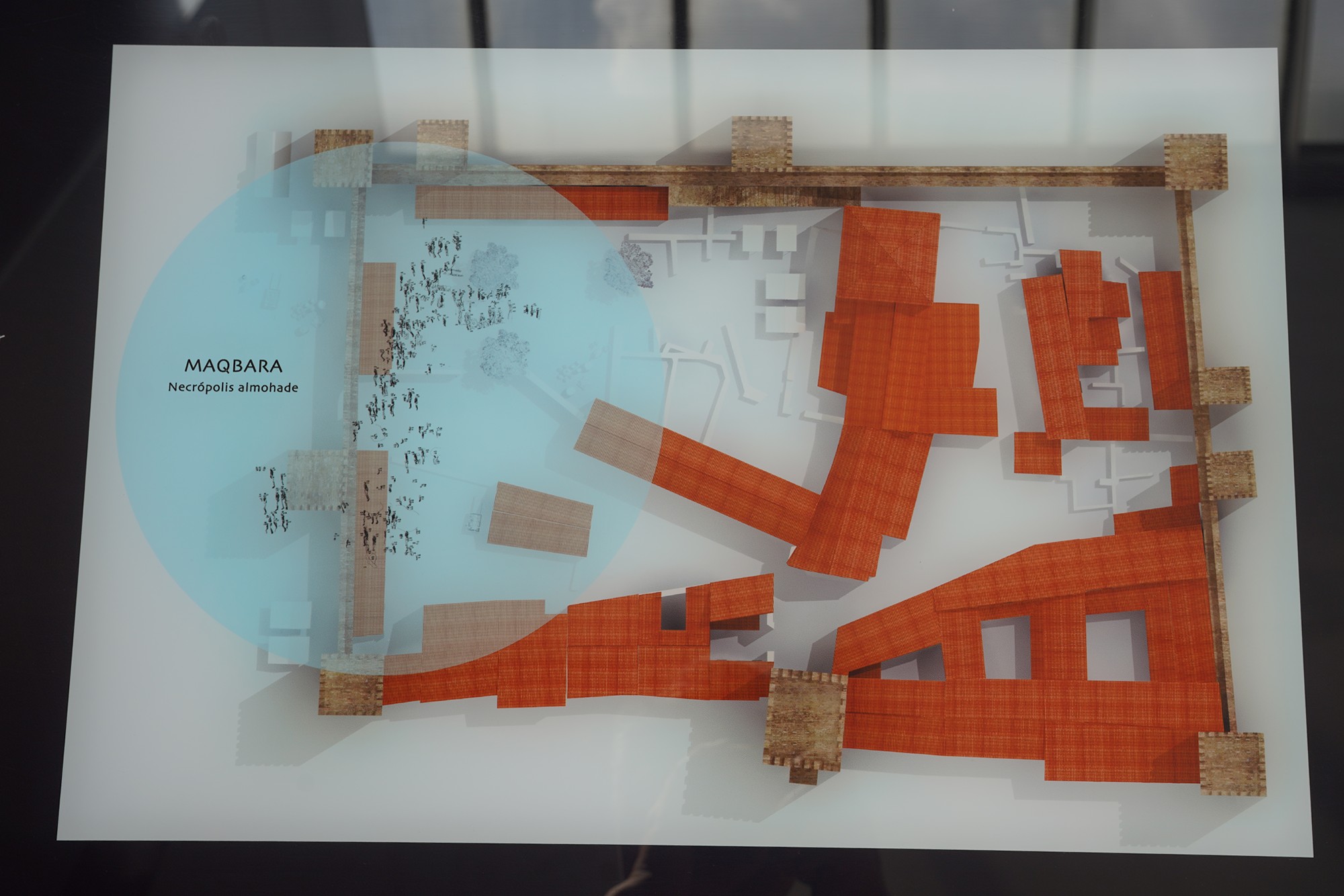
Then it became a fortress

Then a church
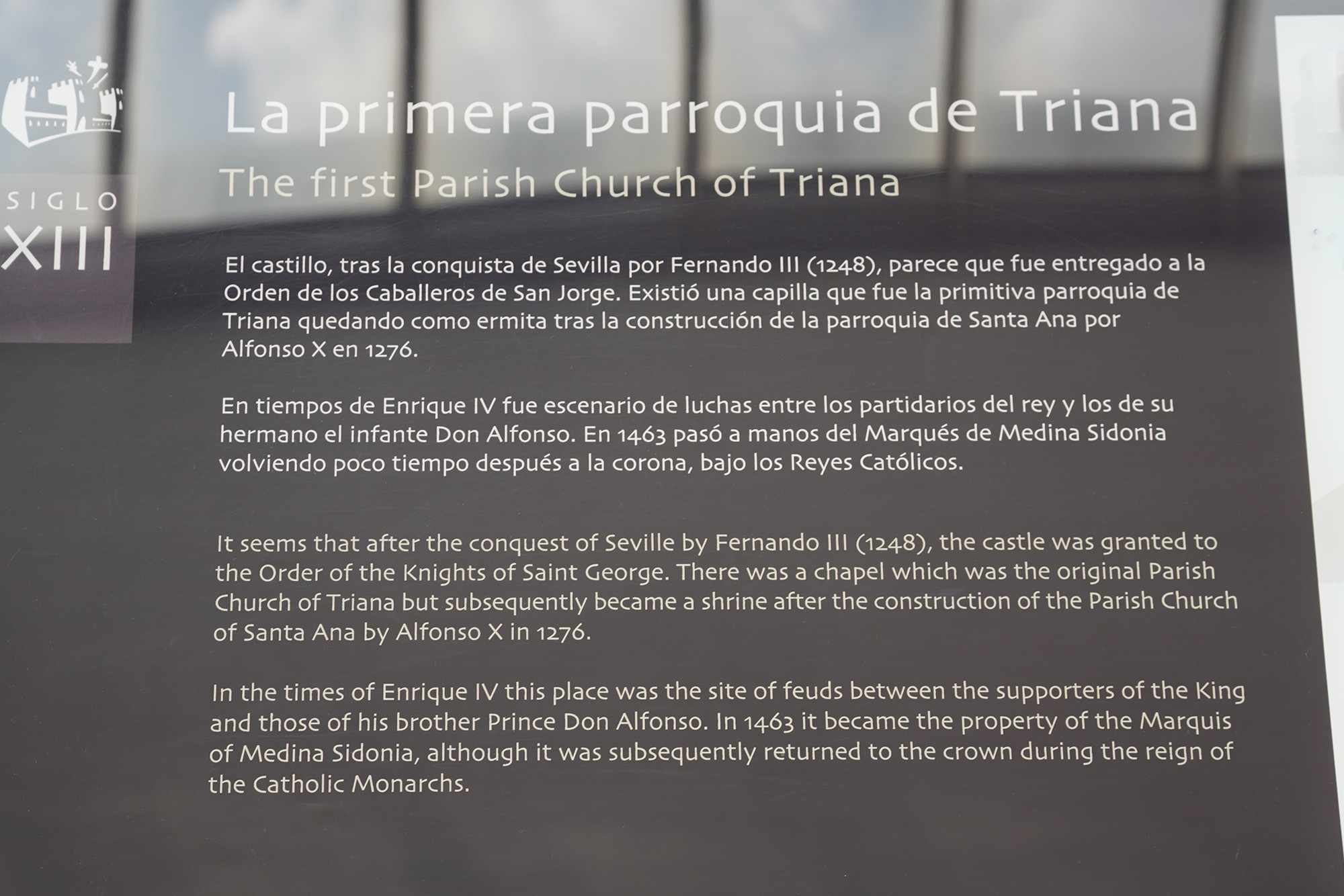
Became the seat of the Holy Office or Inquisition
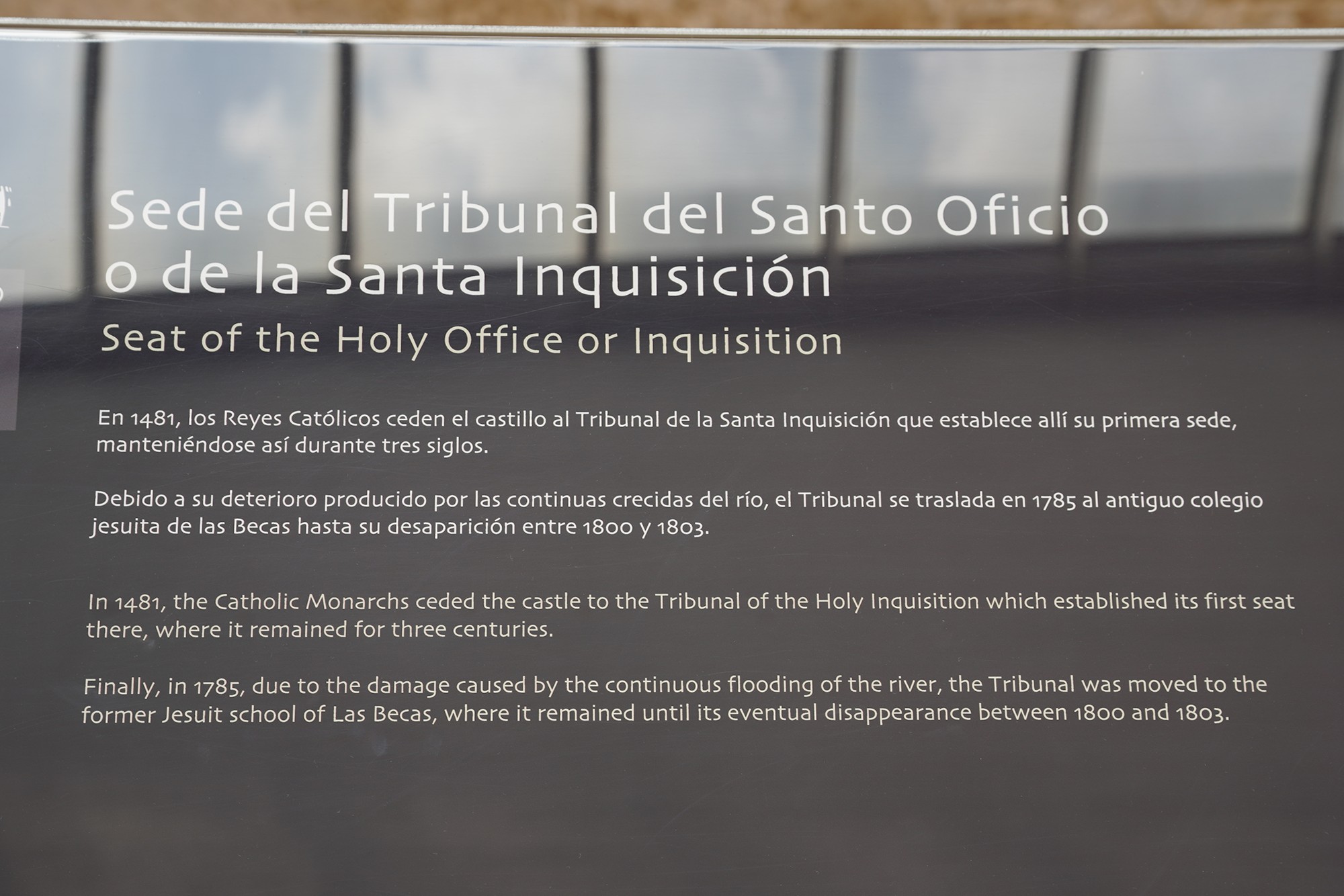
Then a market

And now it is a museum

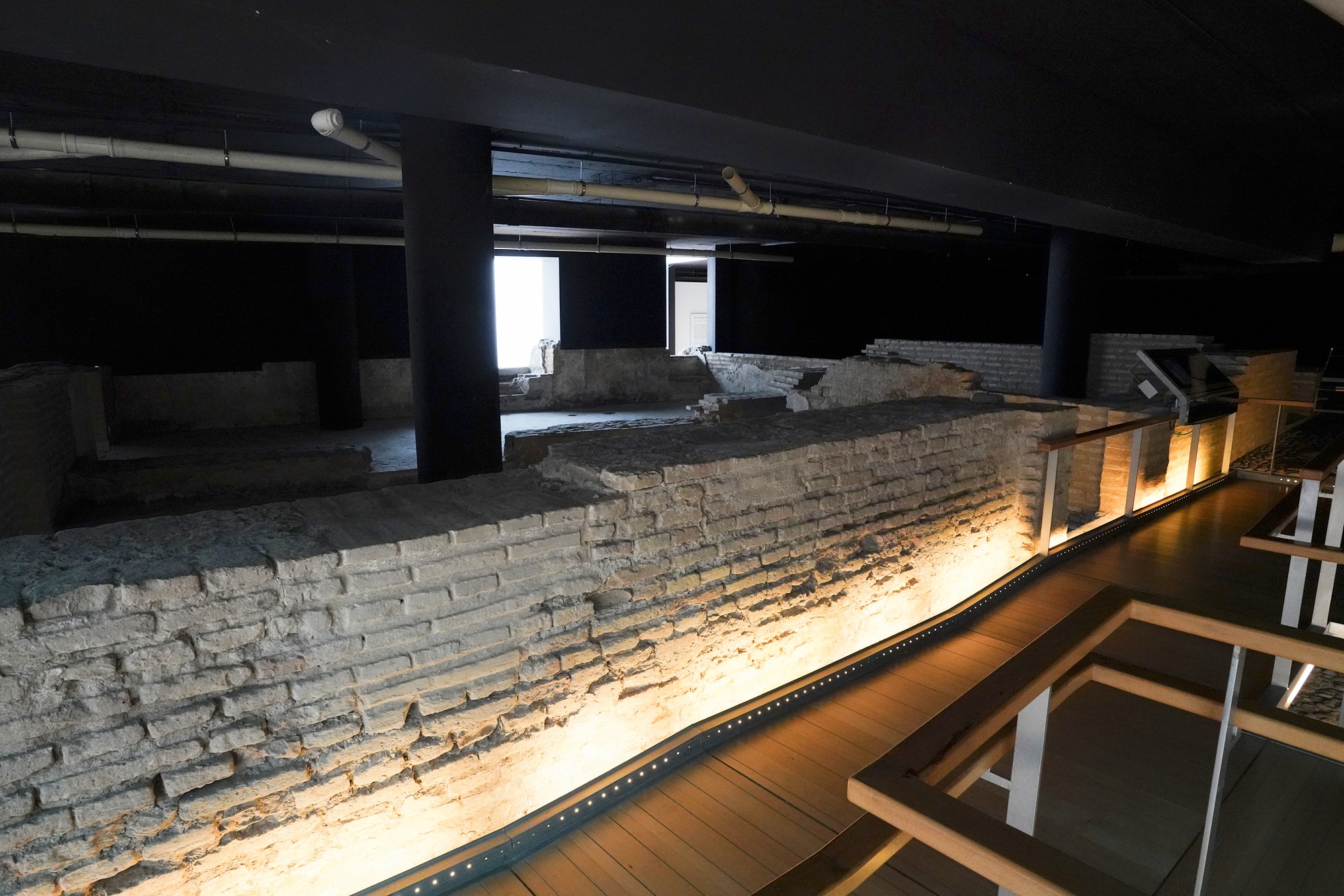
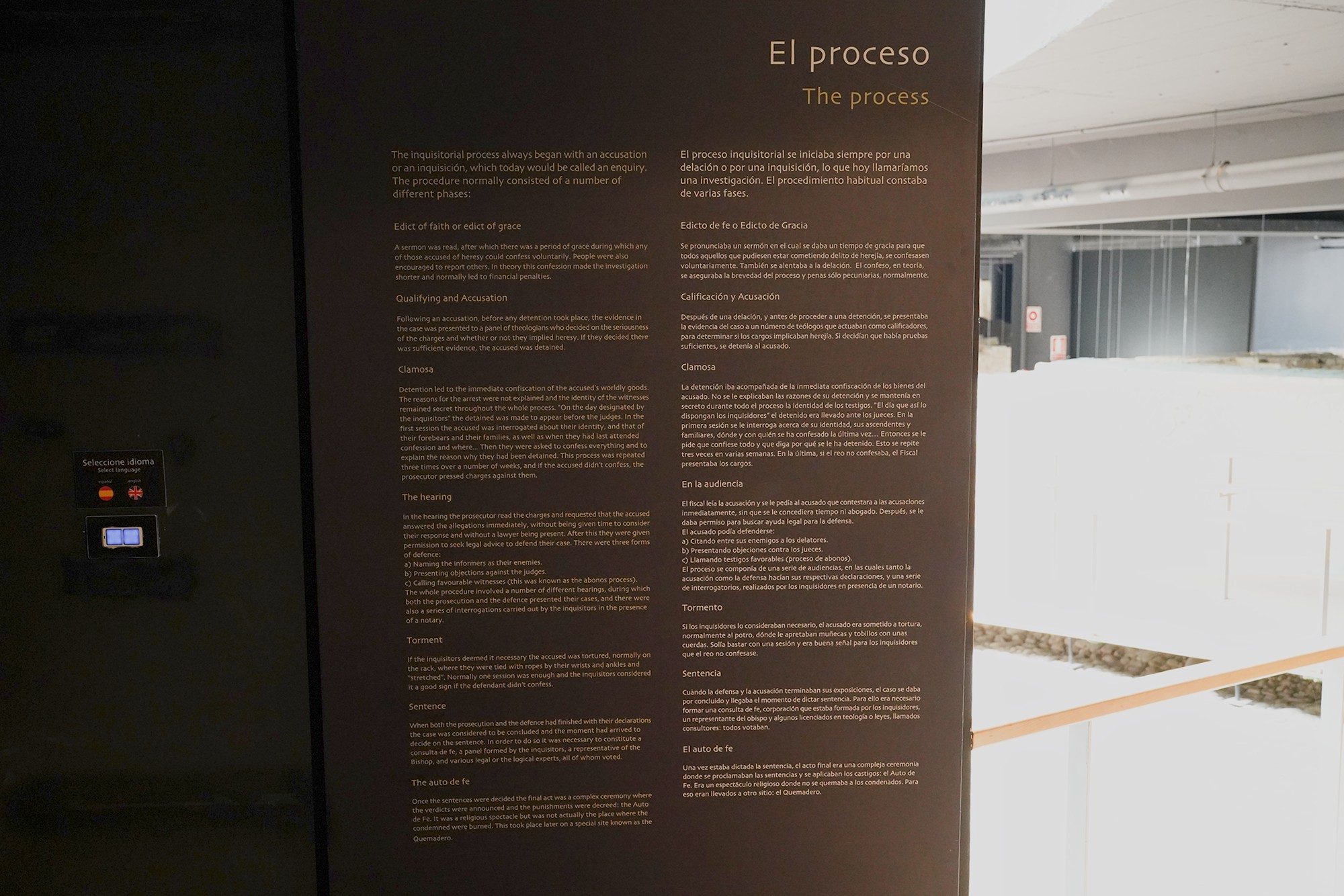
The process of the Inquisition

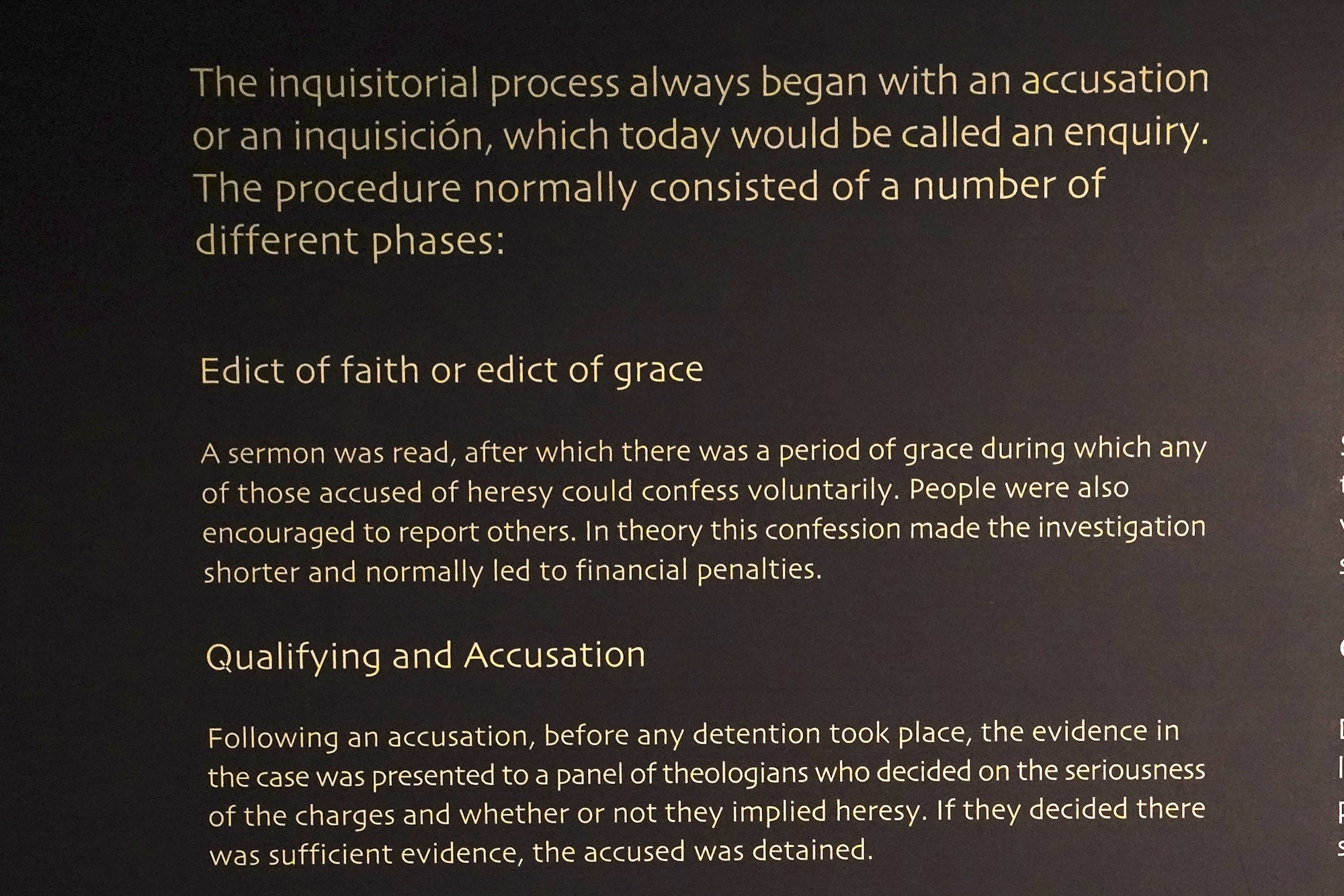
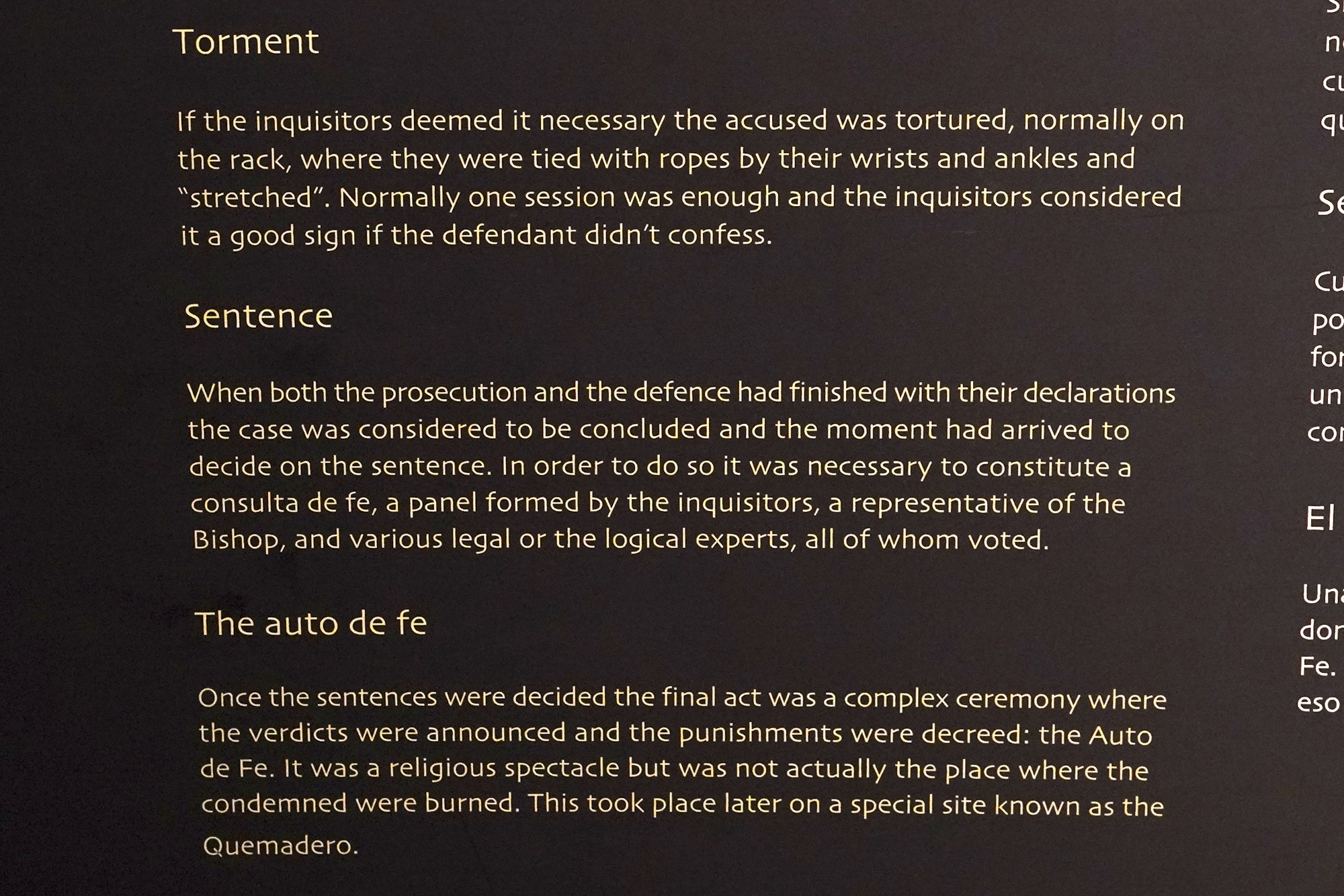
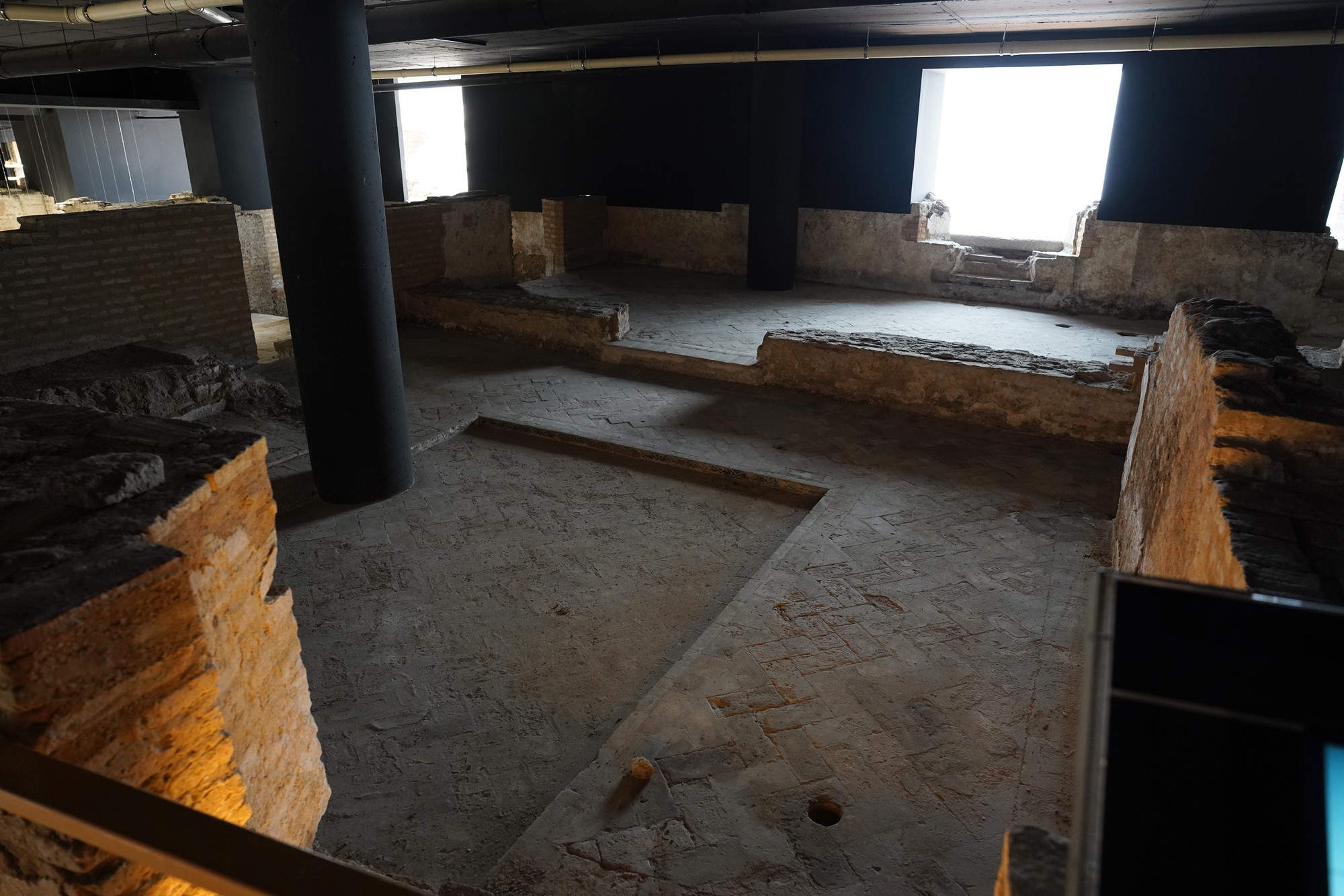

An art museum

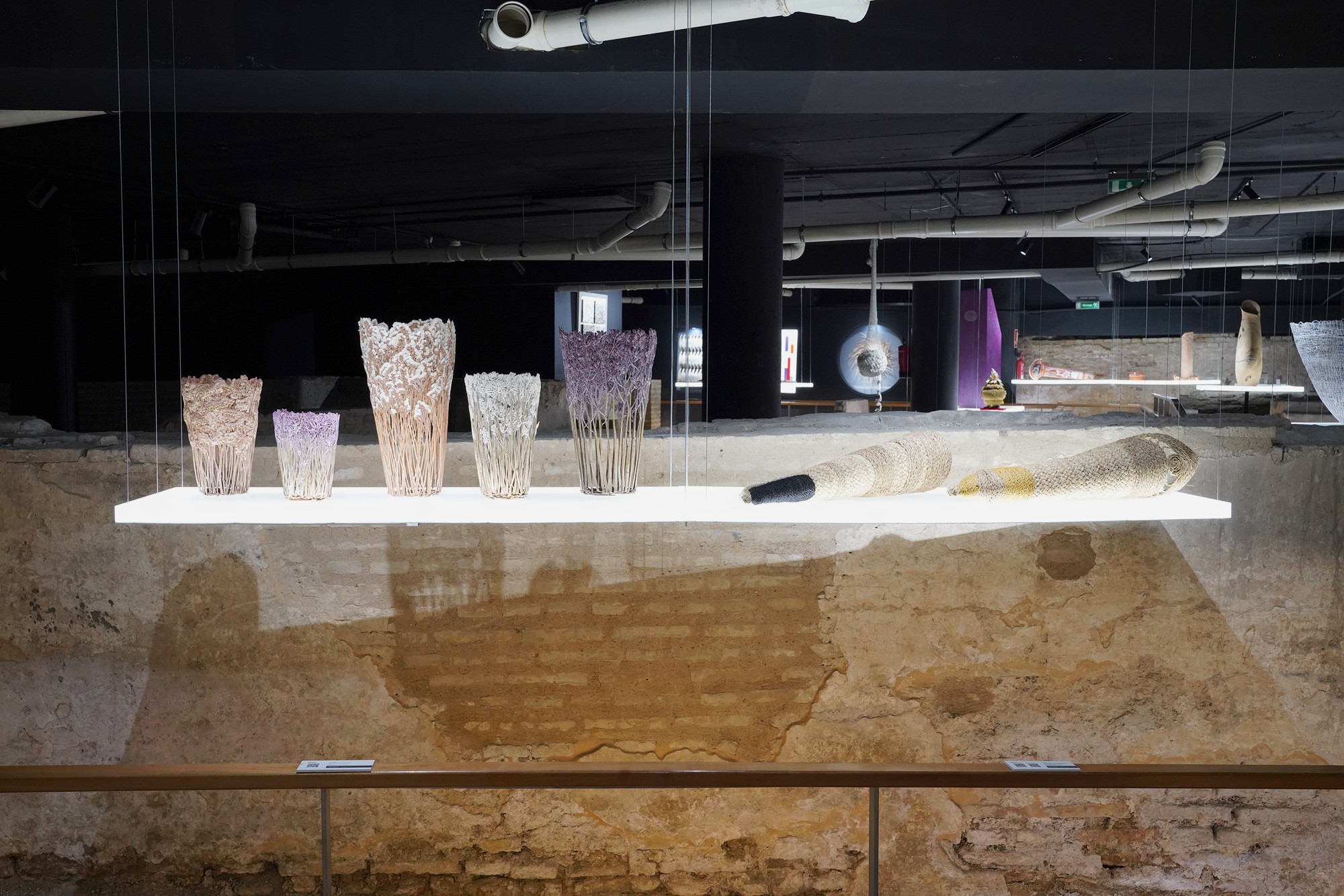
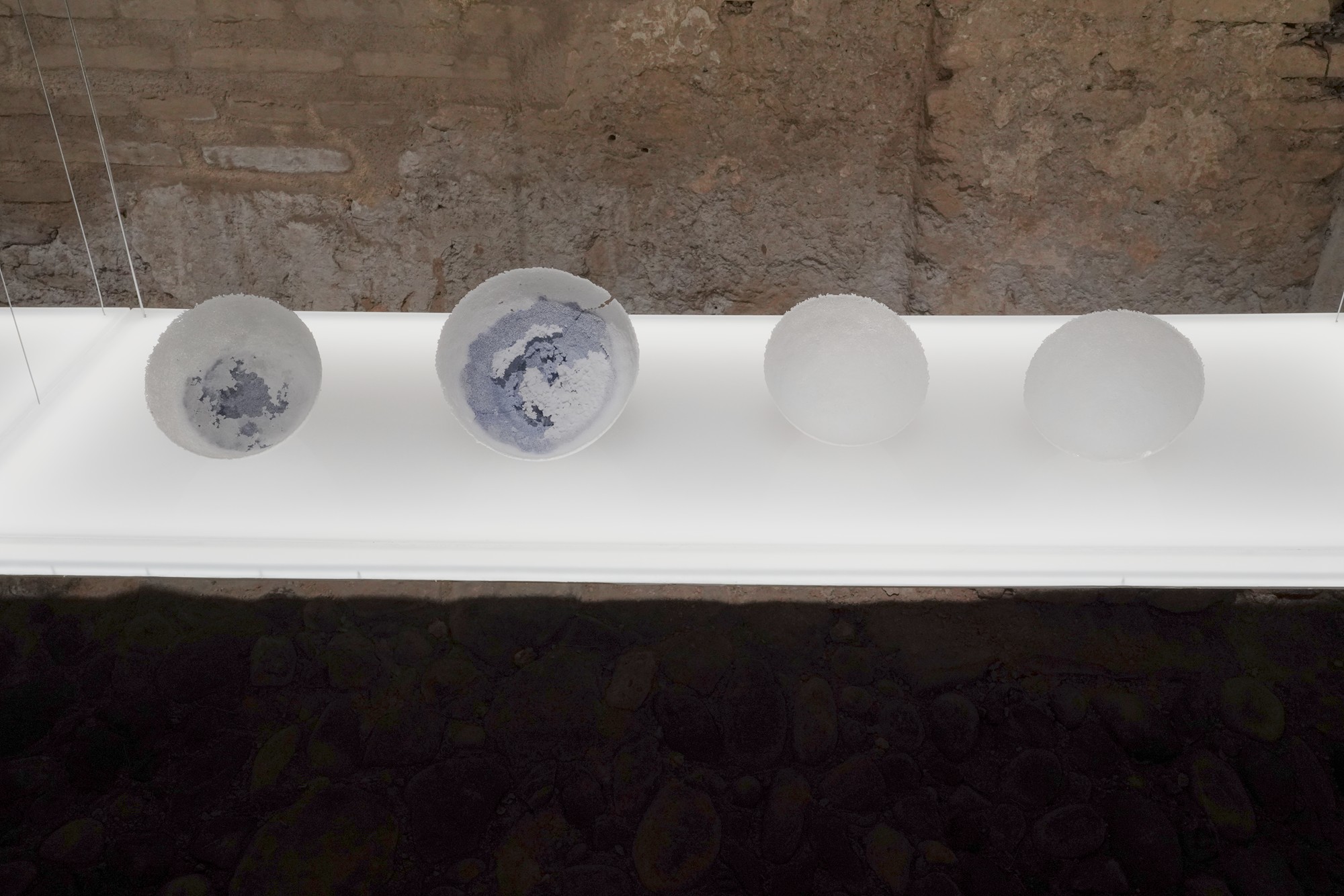
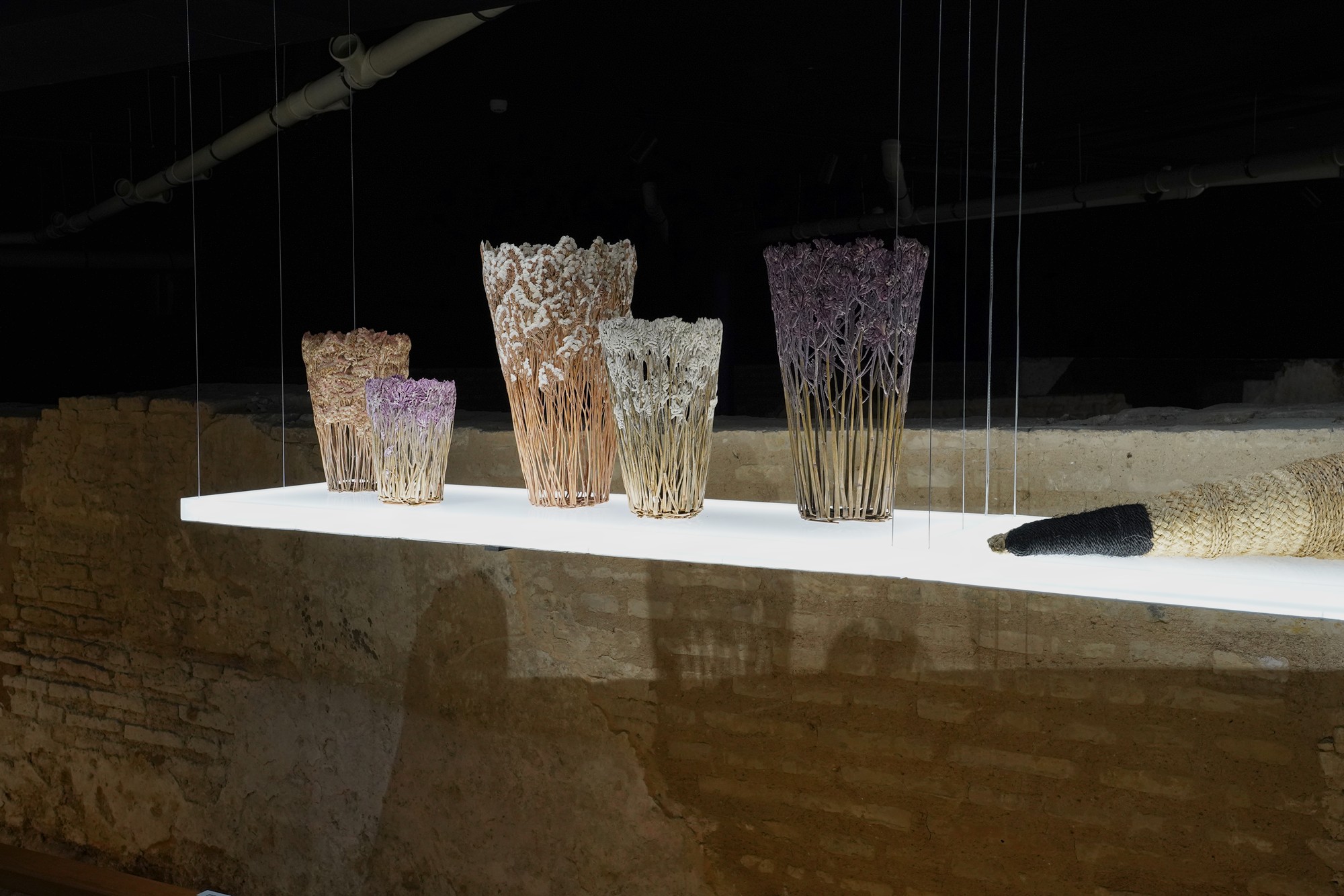
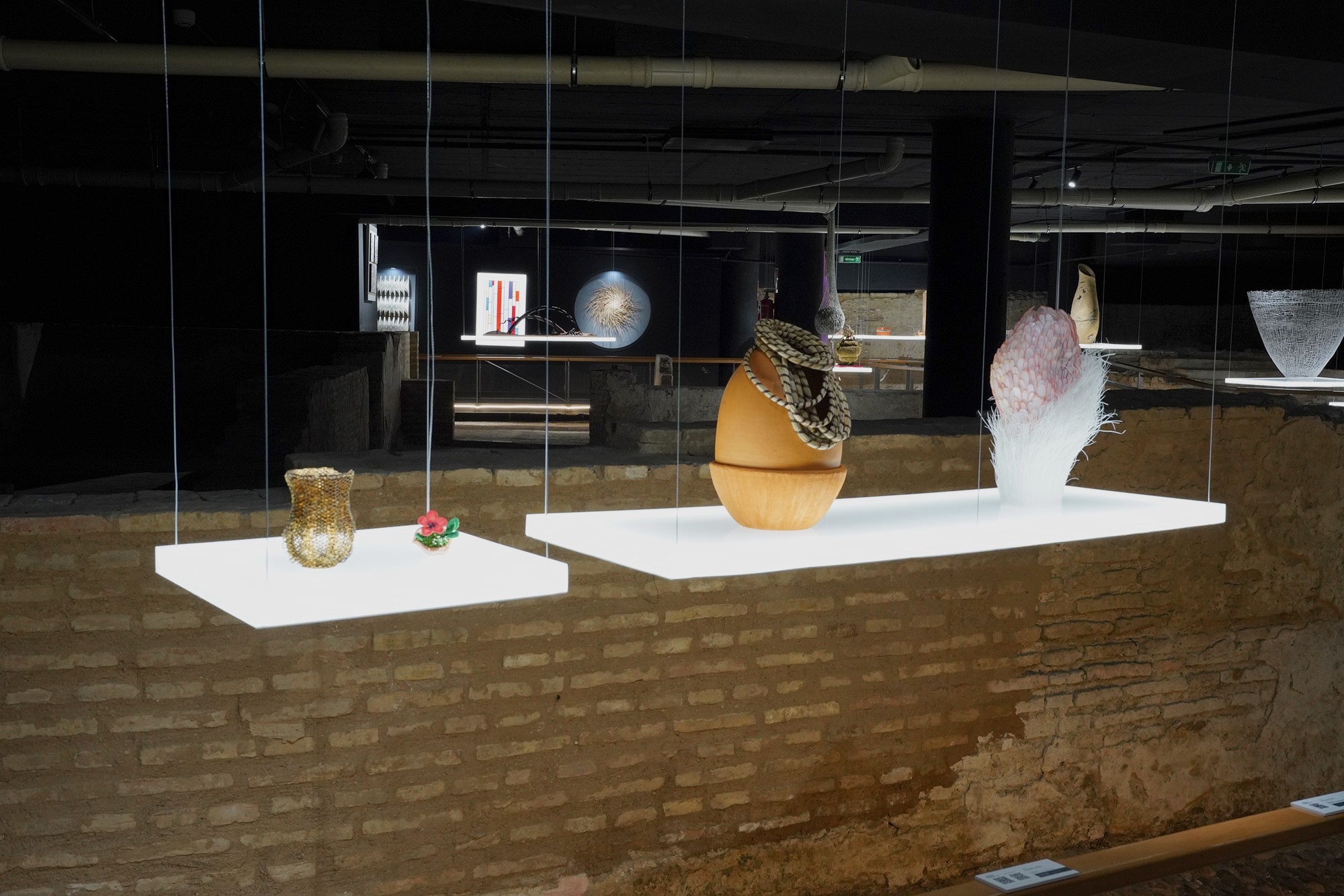
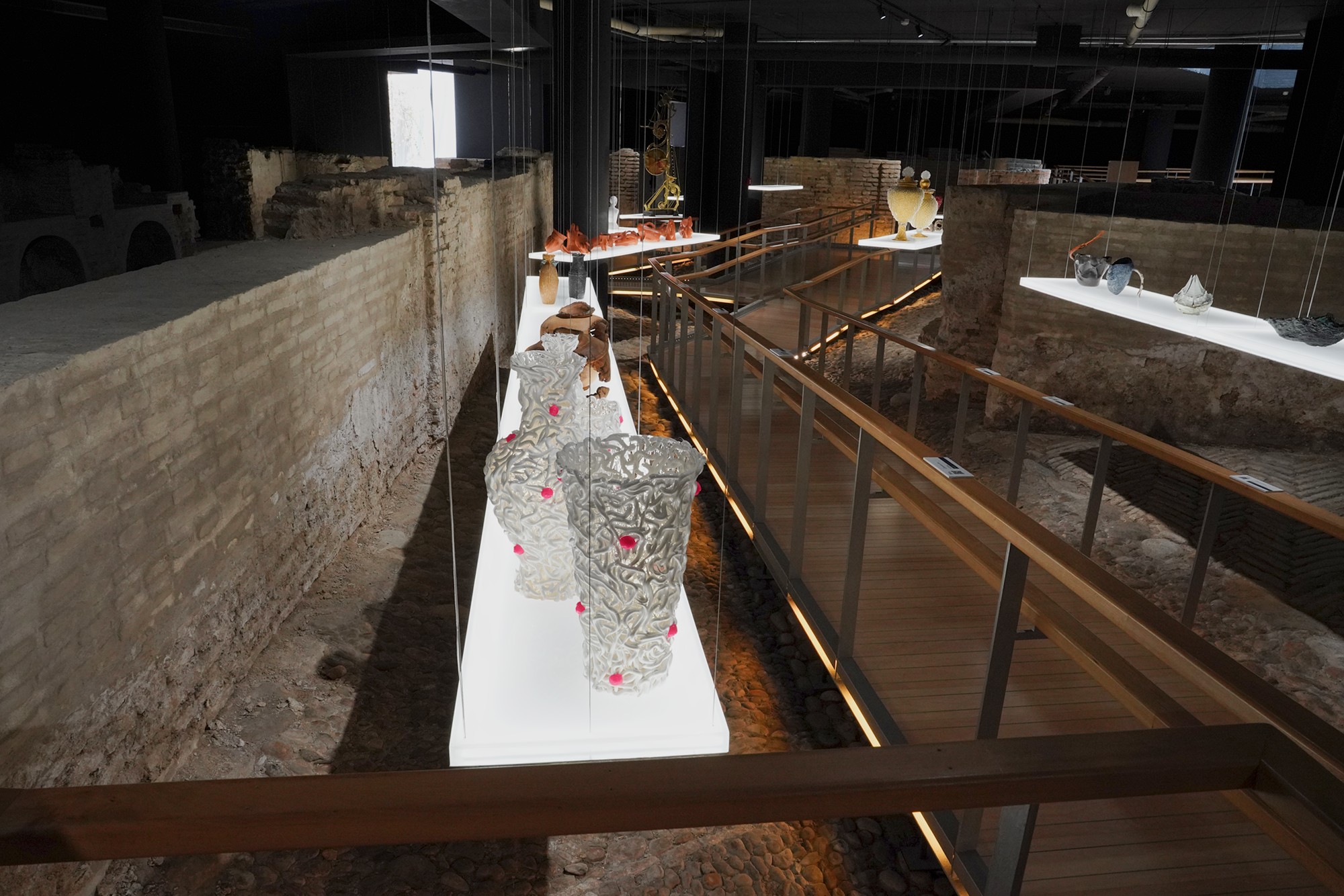

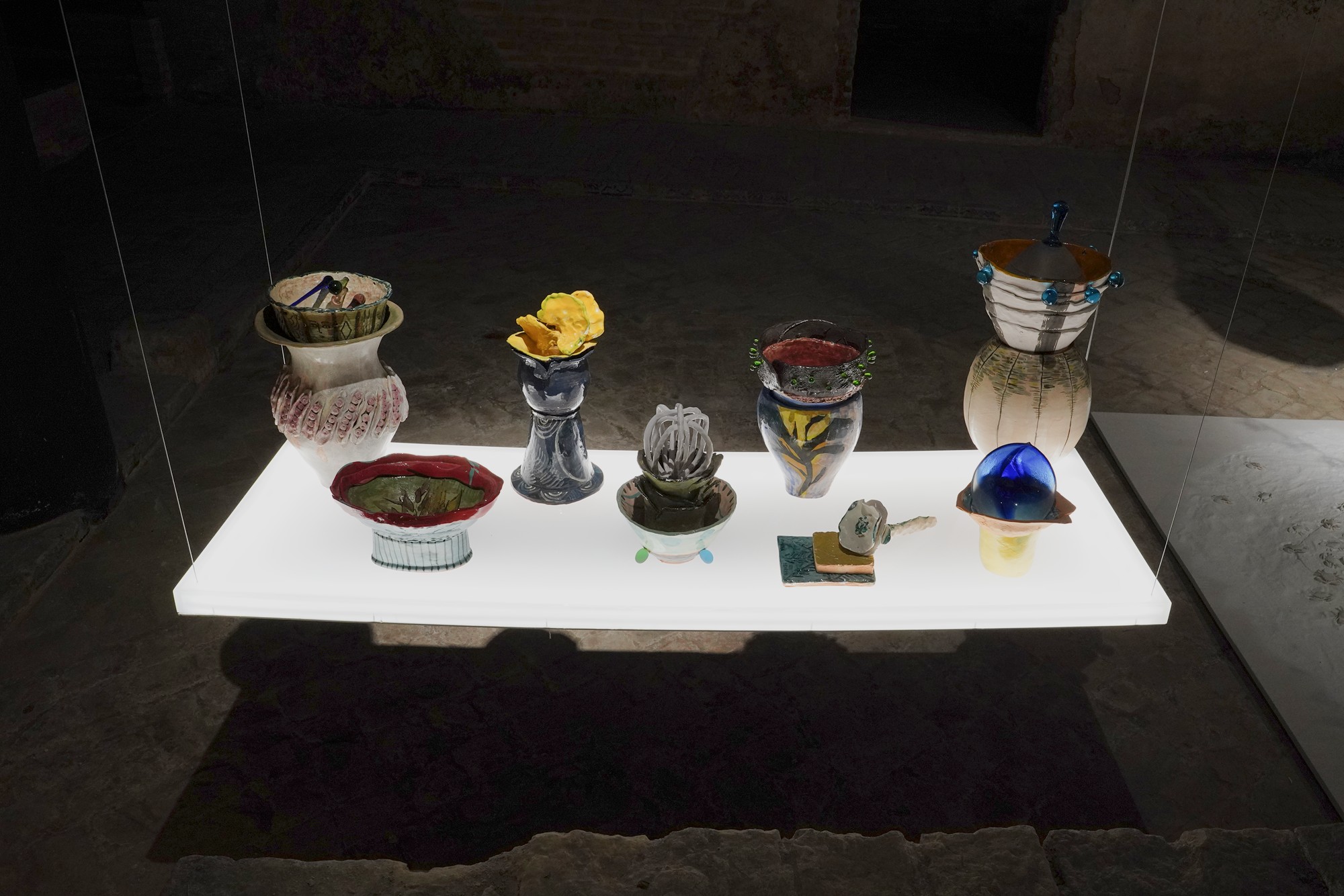

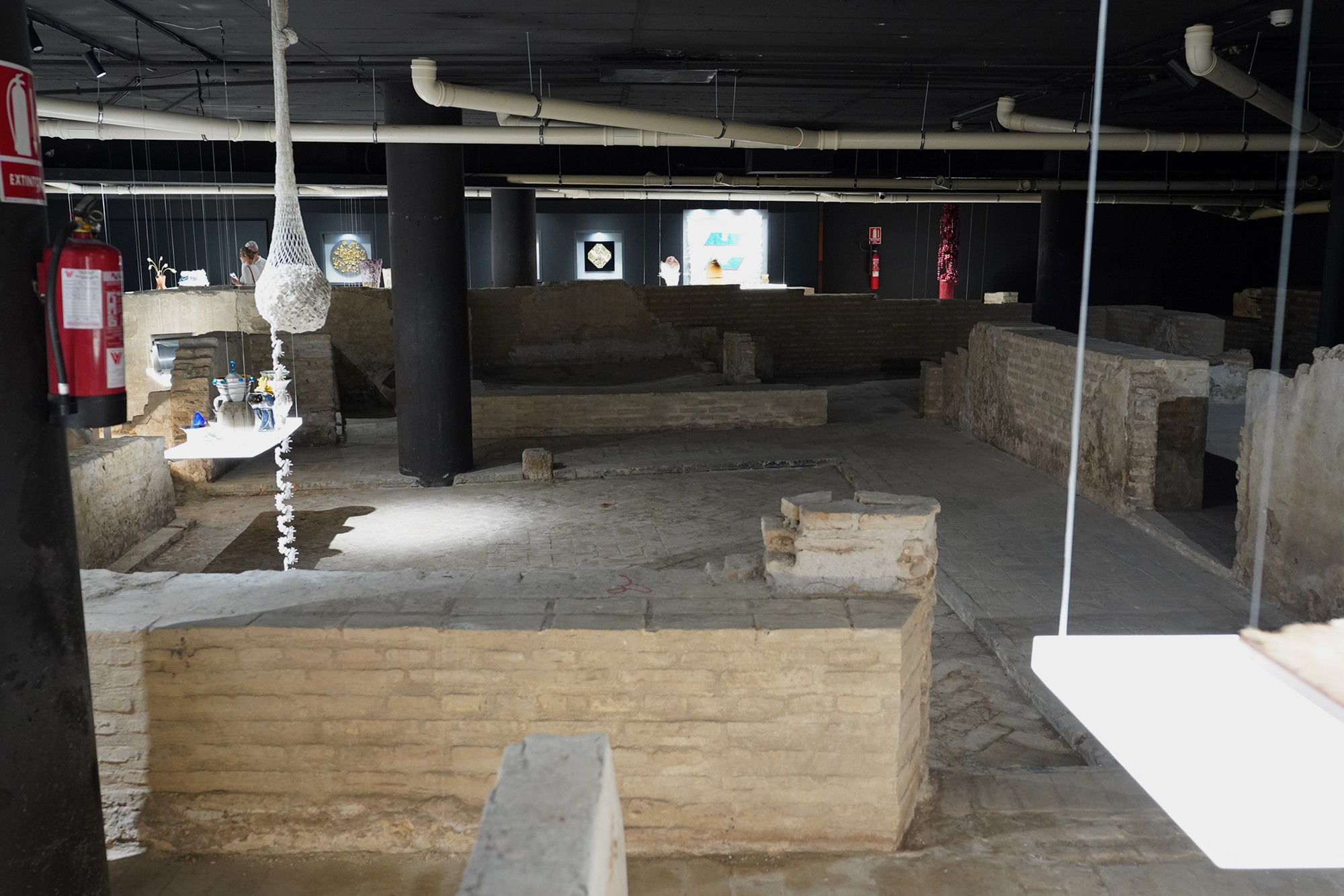
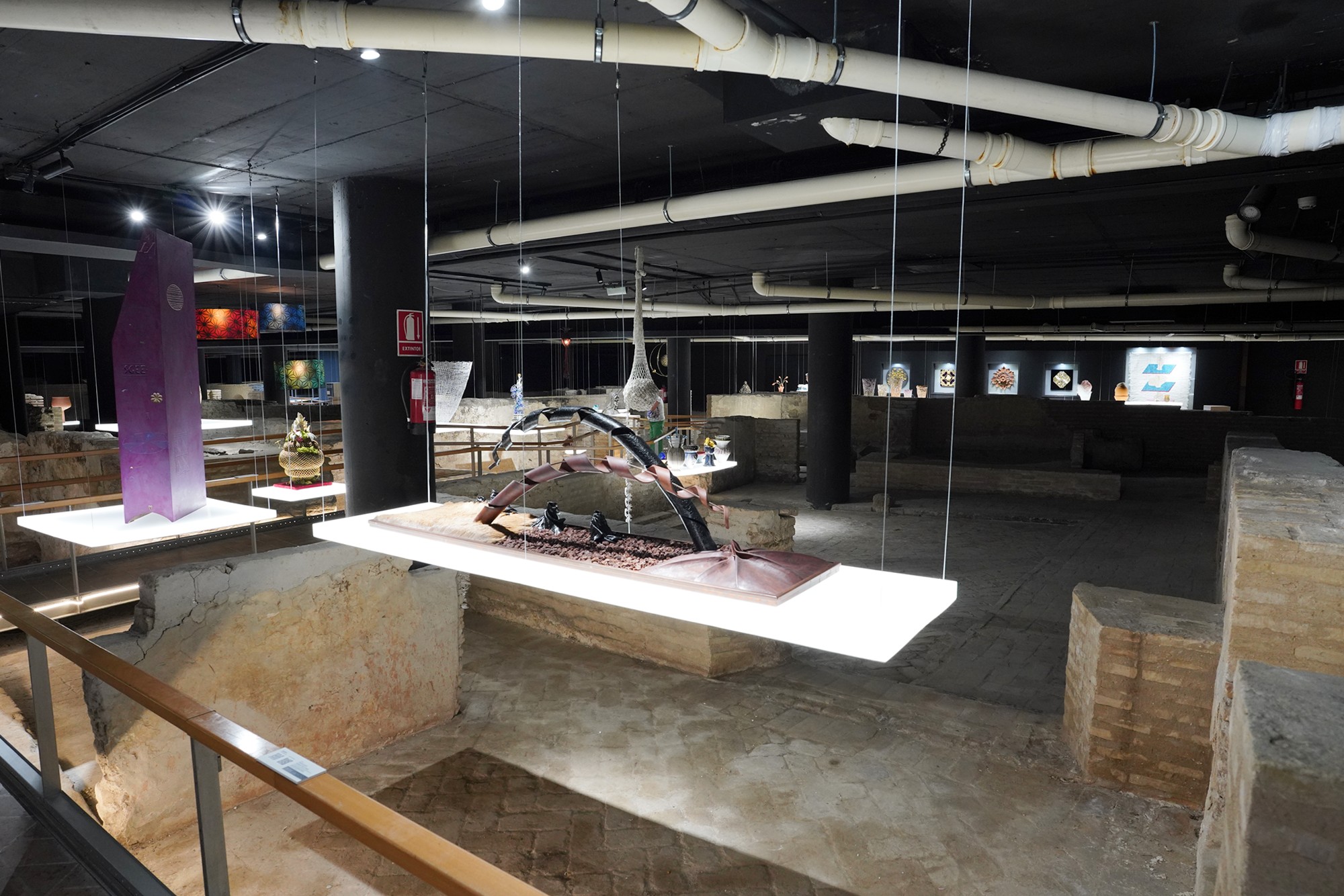
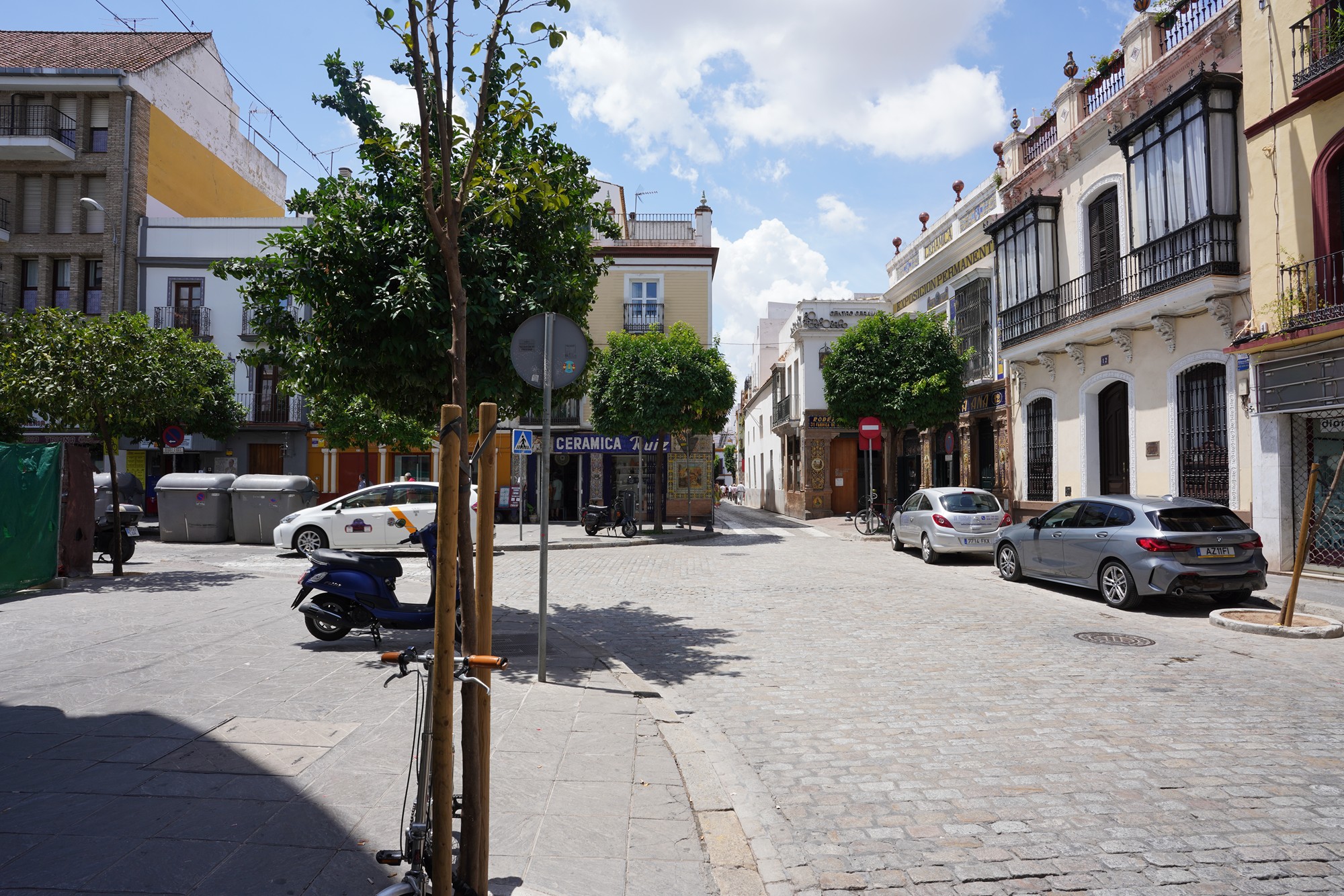
The Triana neighborhood is characterized by its narrow streets, traditional houses with colorful facades, and lively atmosphere. It has a strong sense of community and is often considered the birthplace of flamenco music and dance. Triana has produced many famous flamenco artists and is home to numerous flamenco clubs and tablaos where visitors can experience authentic performances.
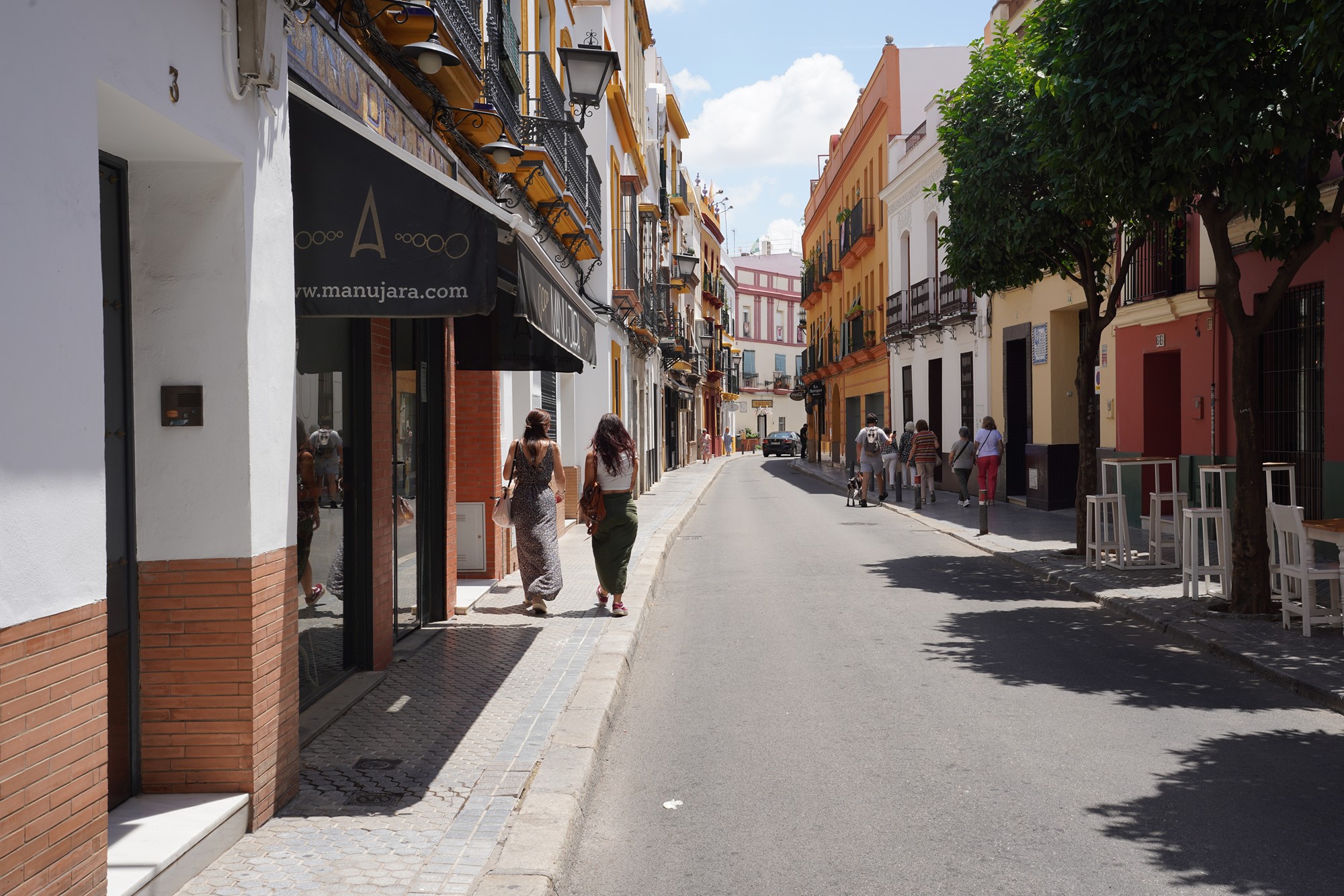
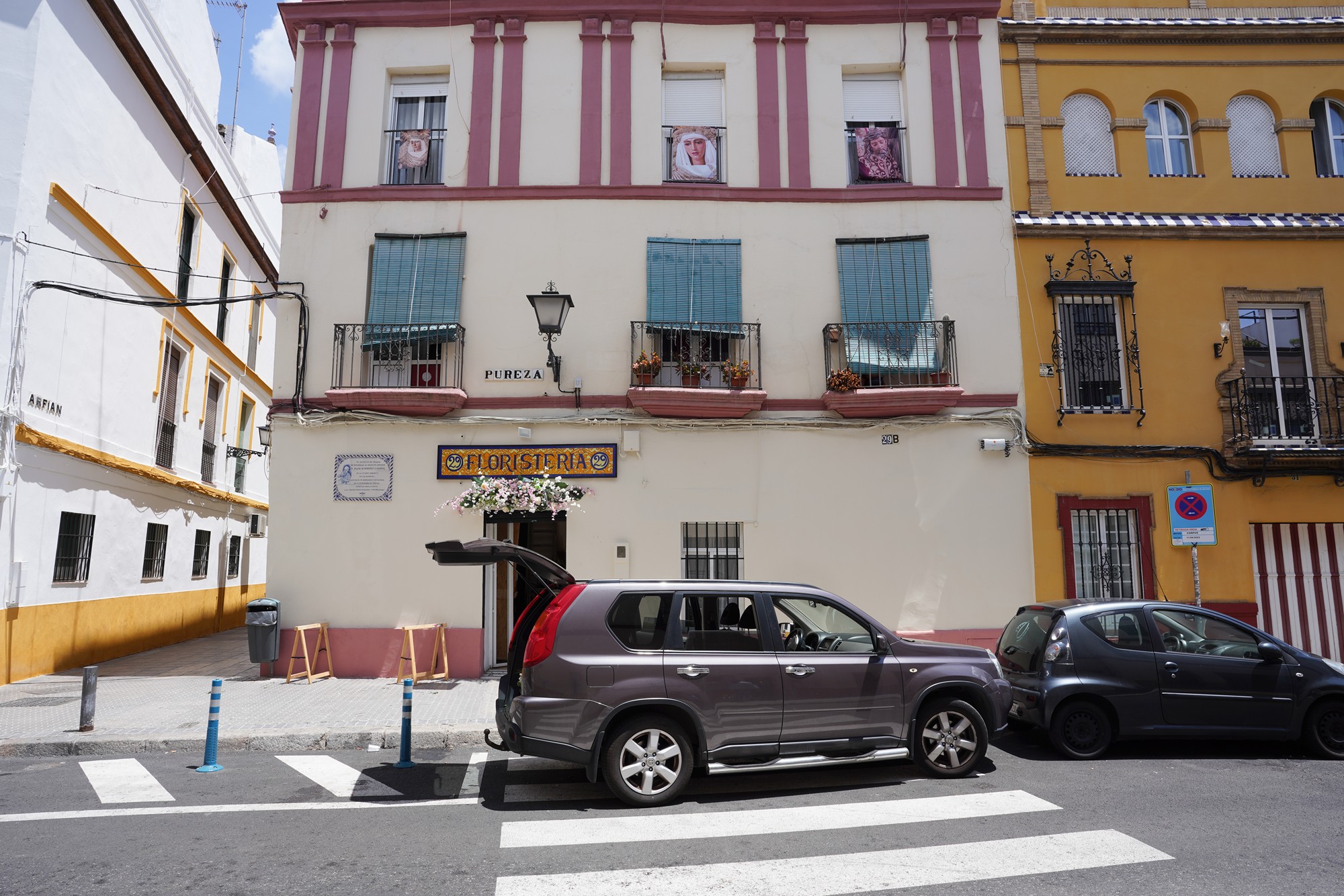
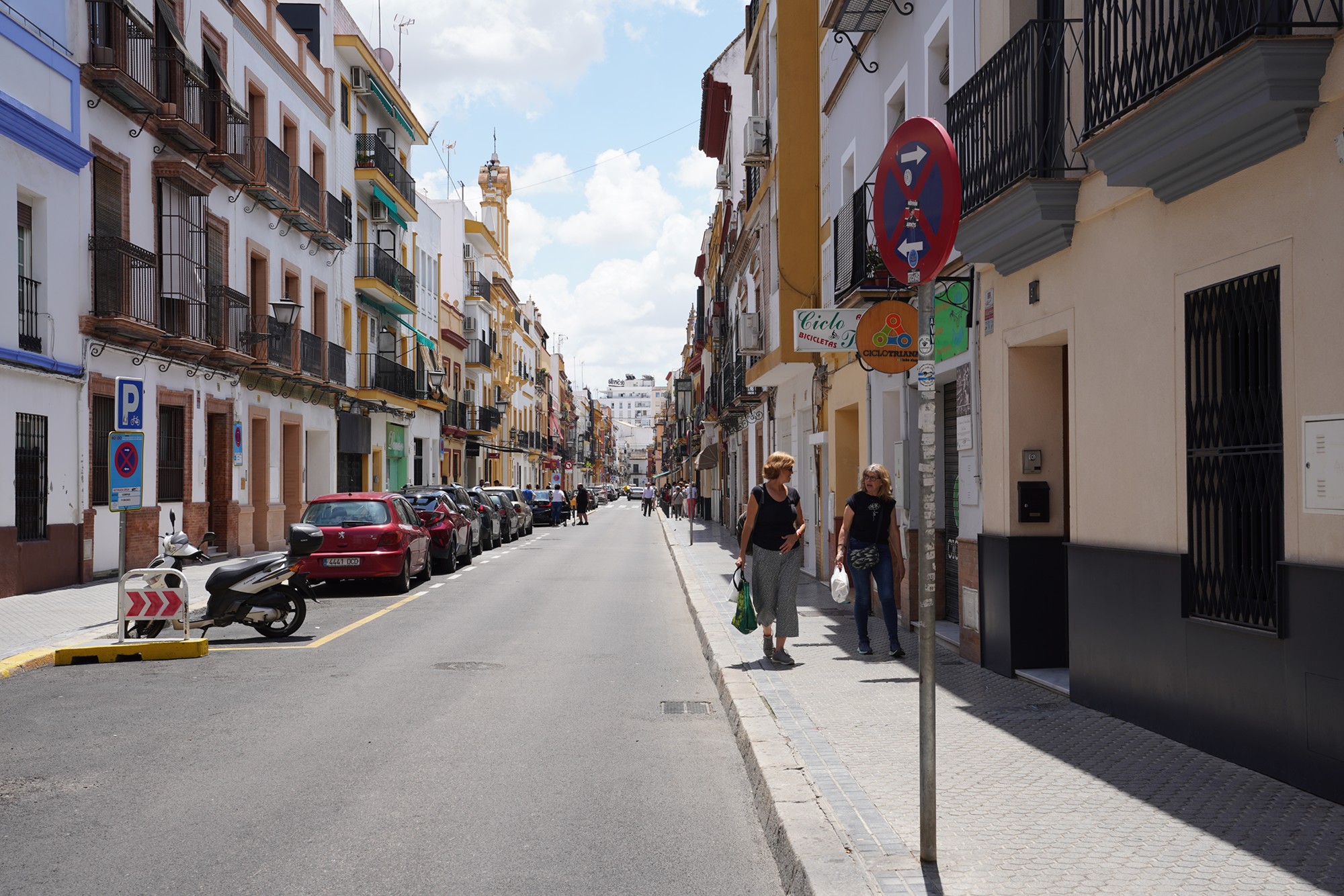
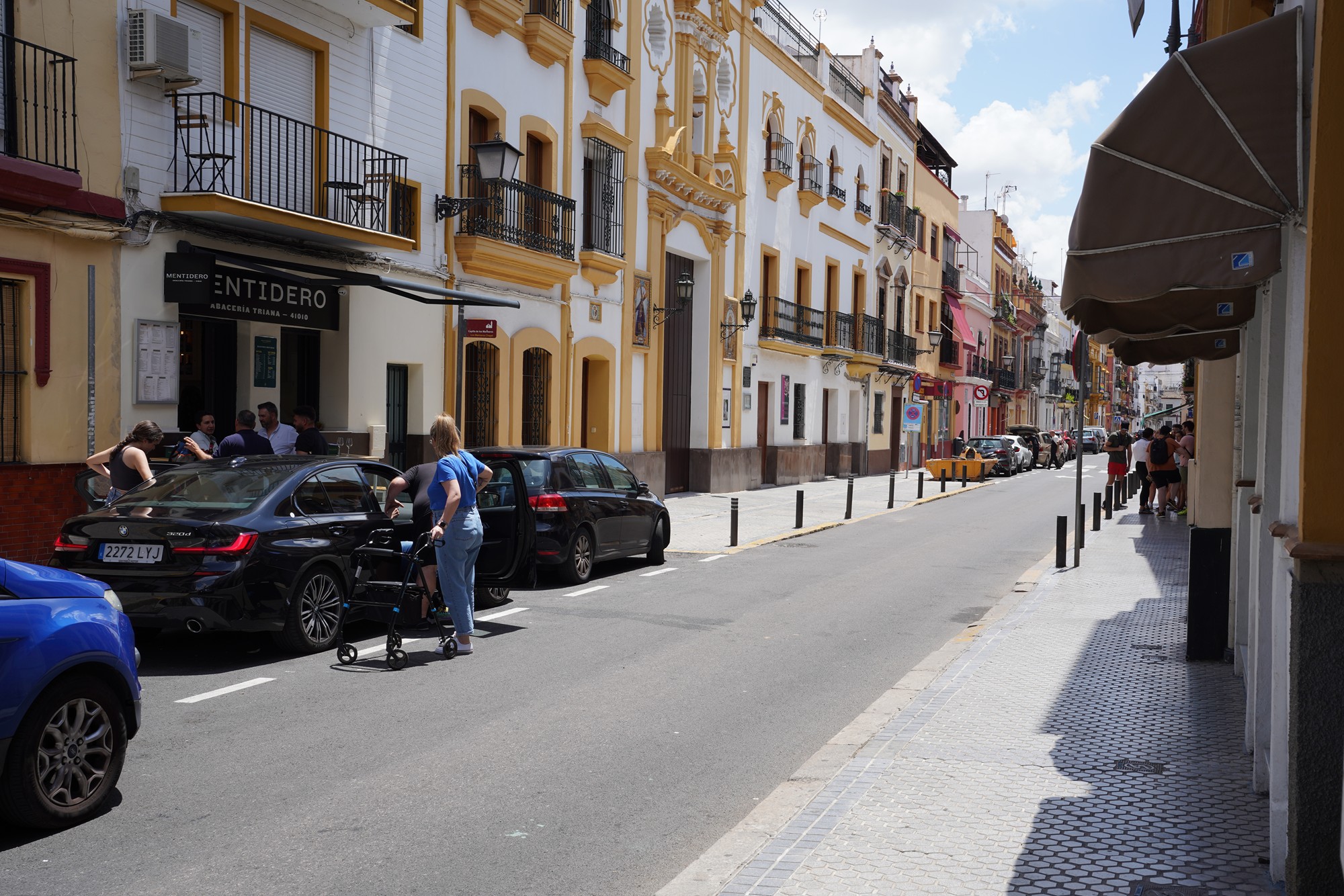
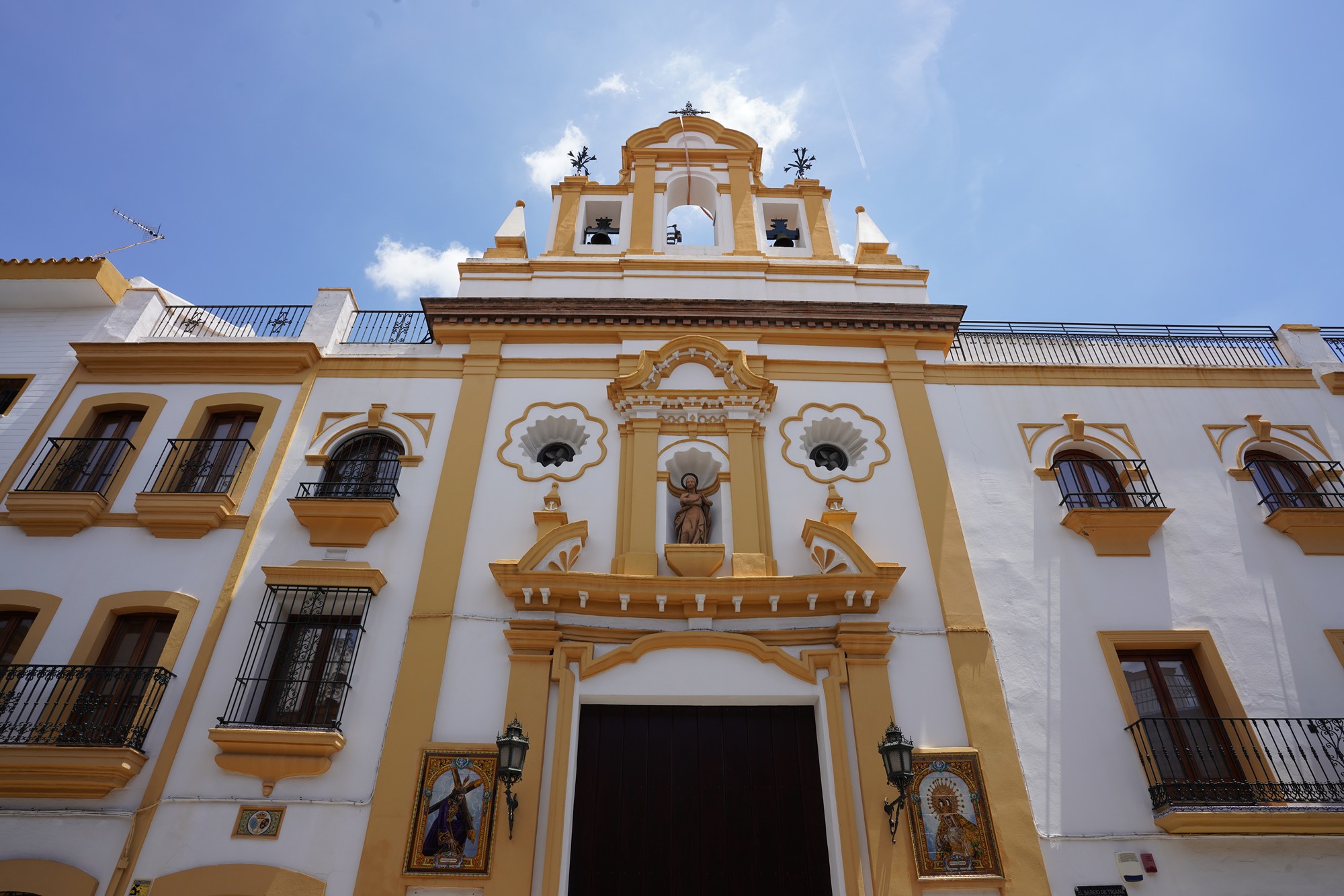





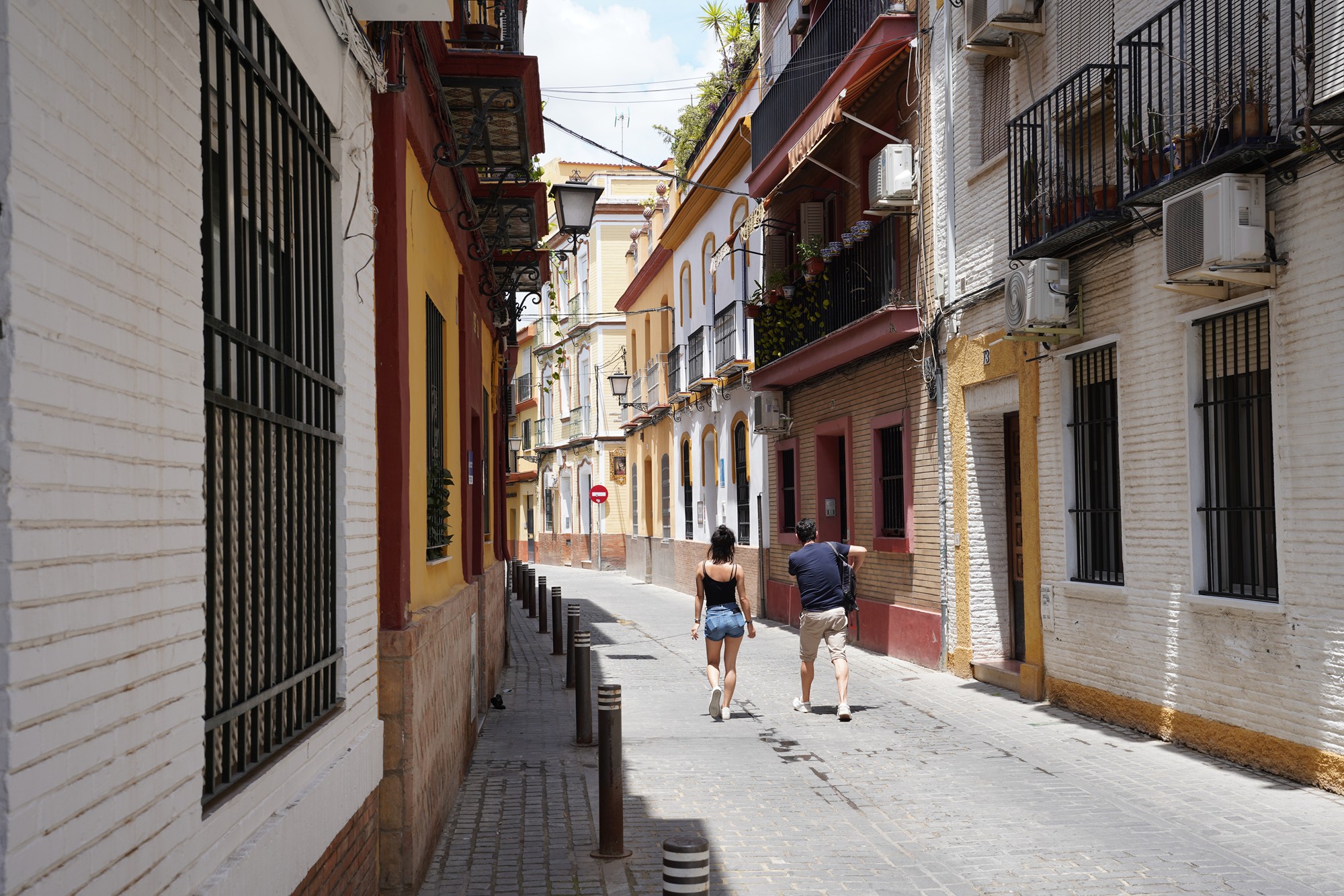
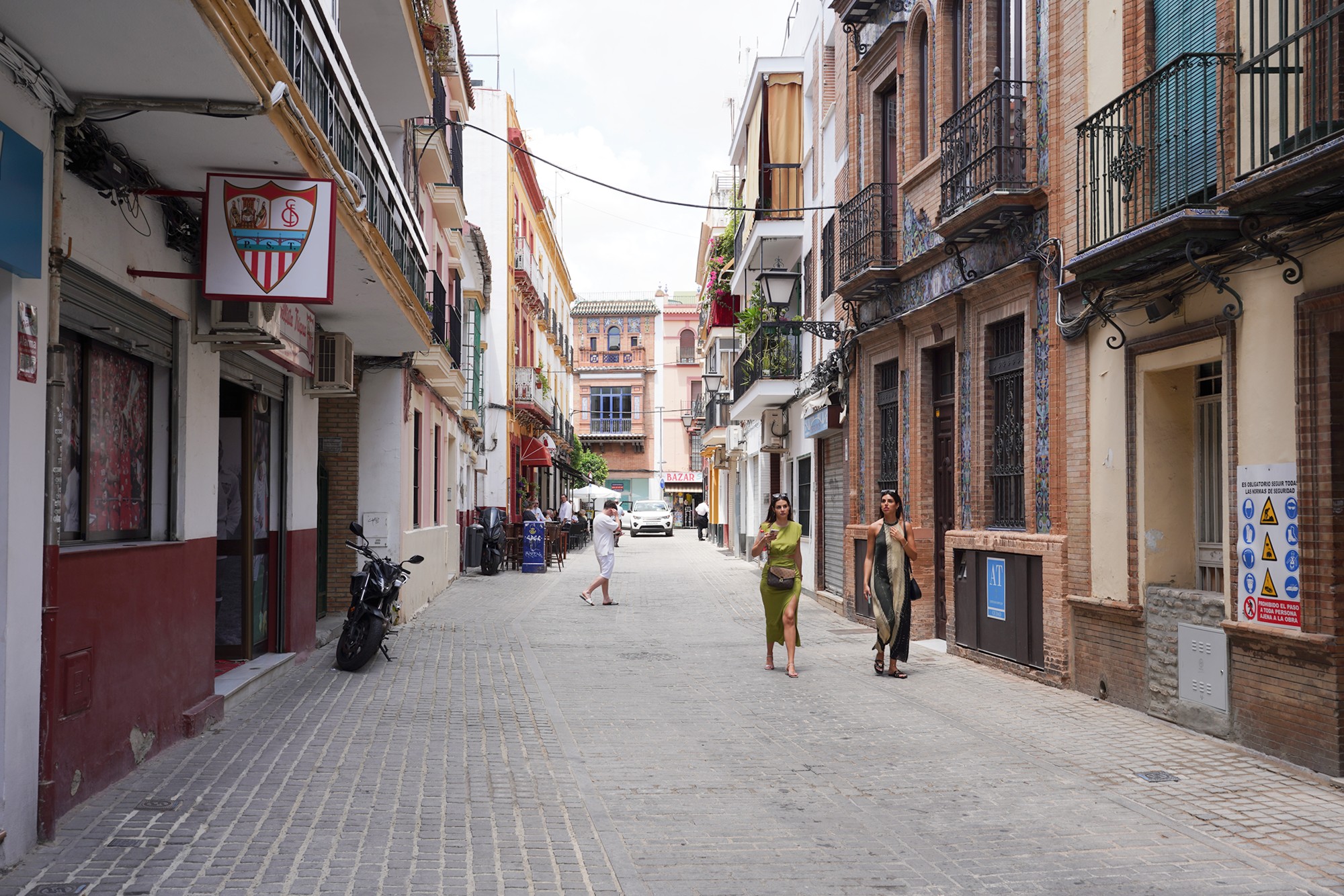

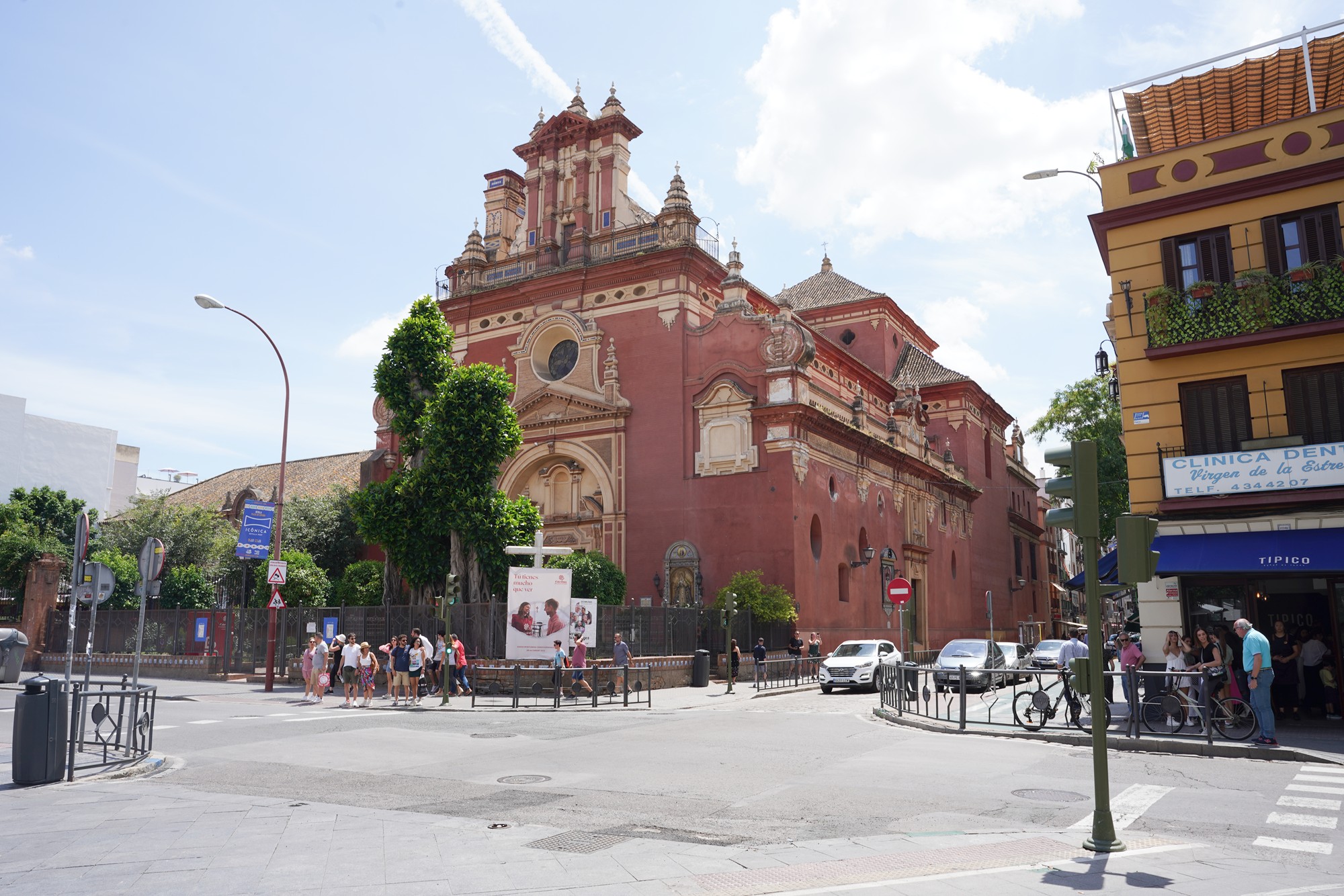
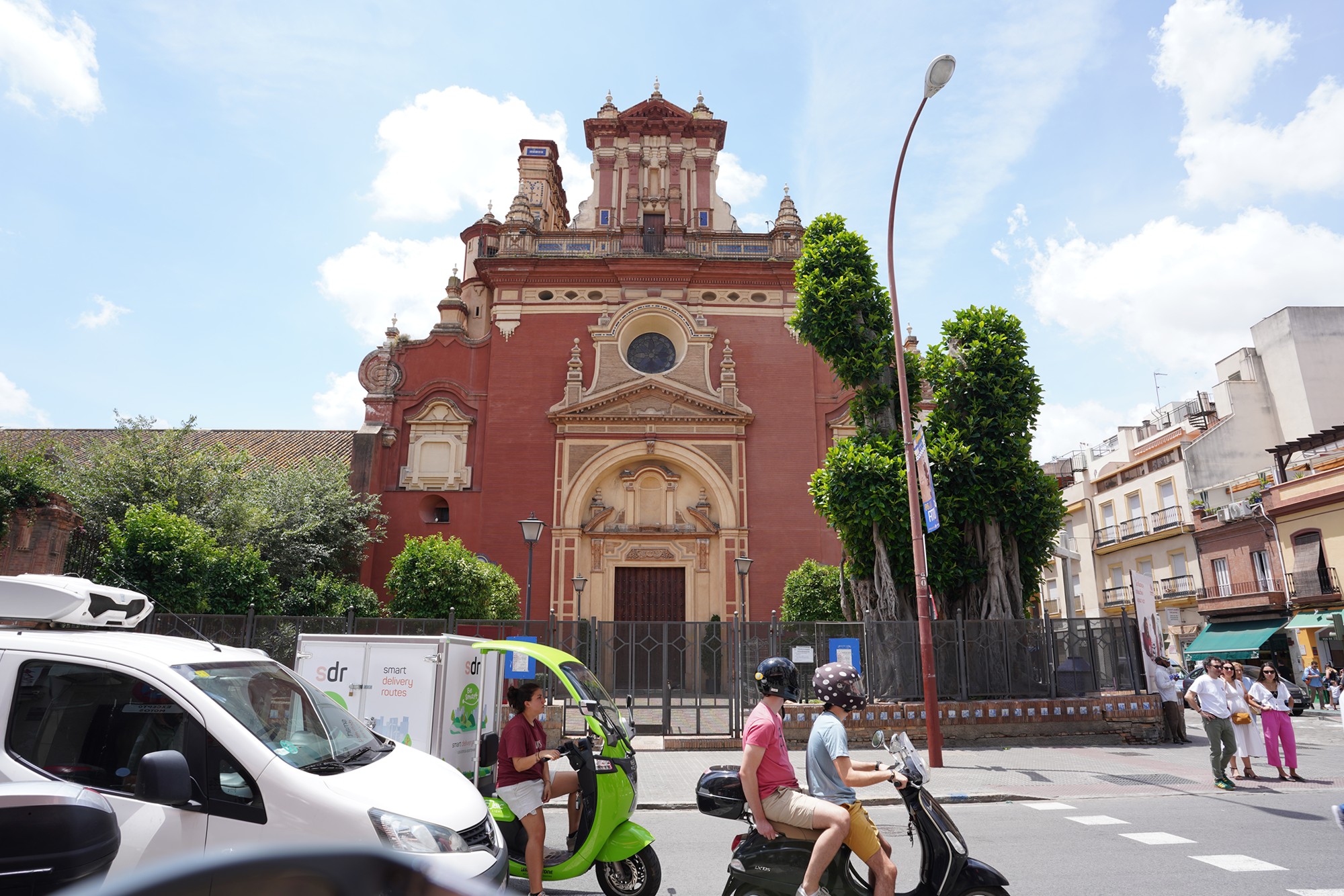
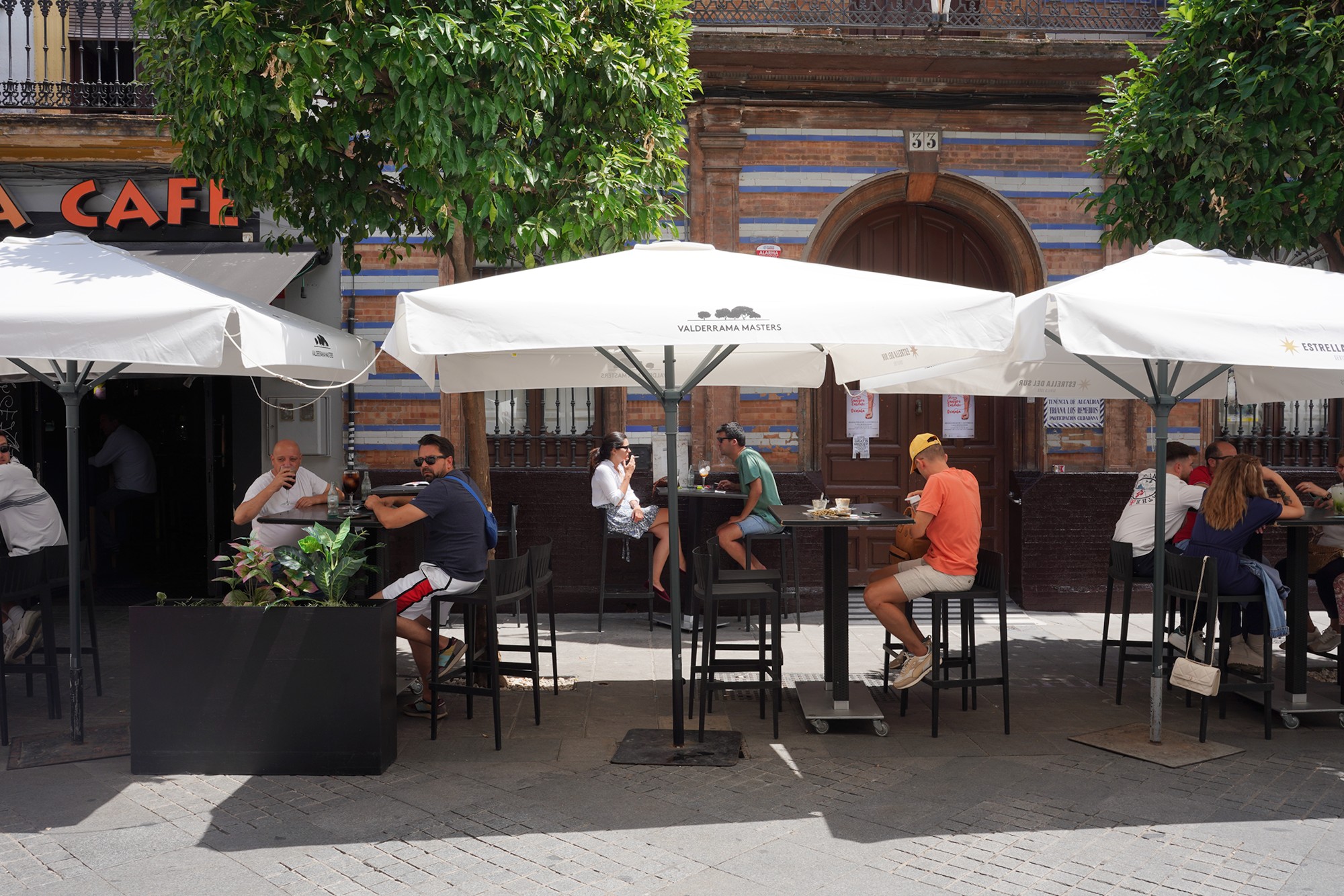

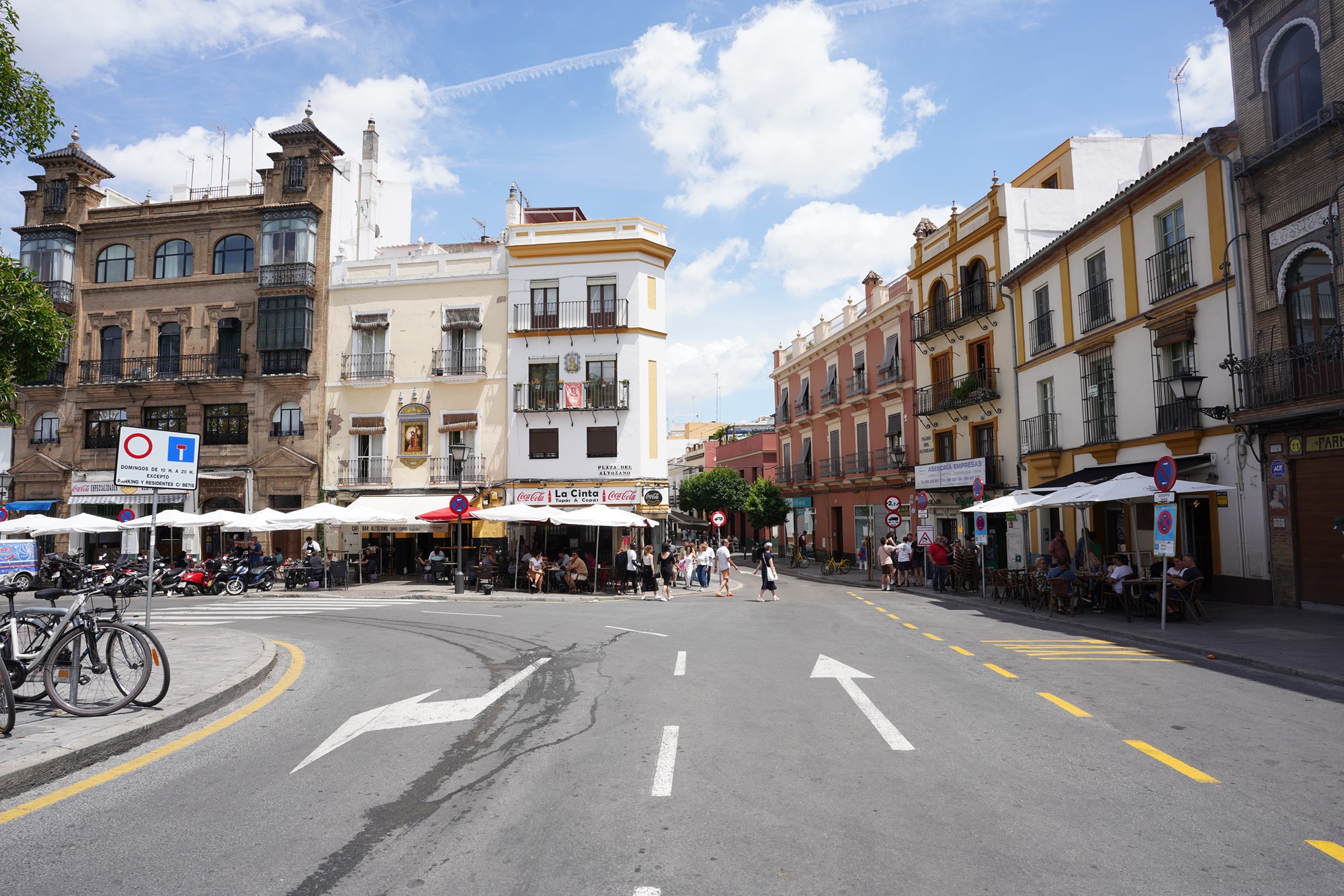
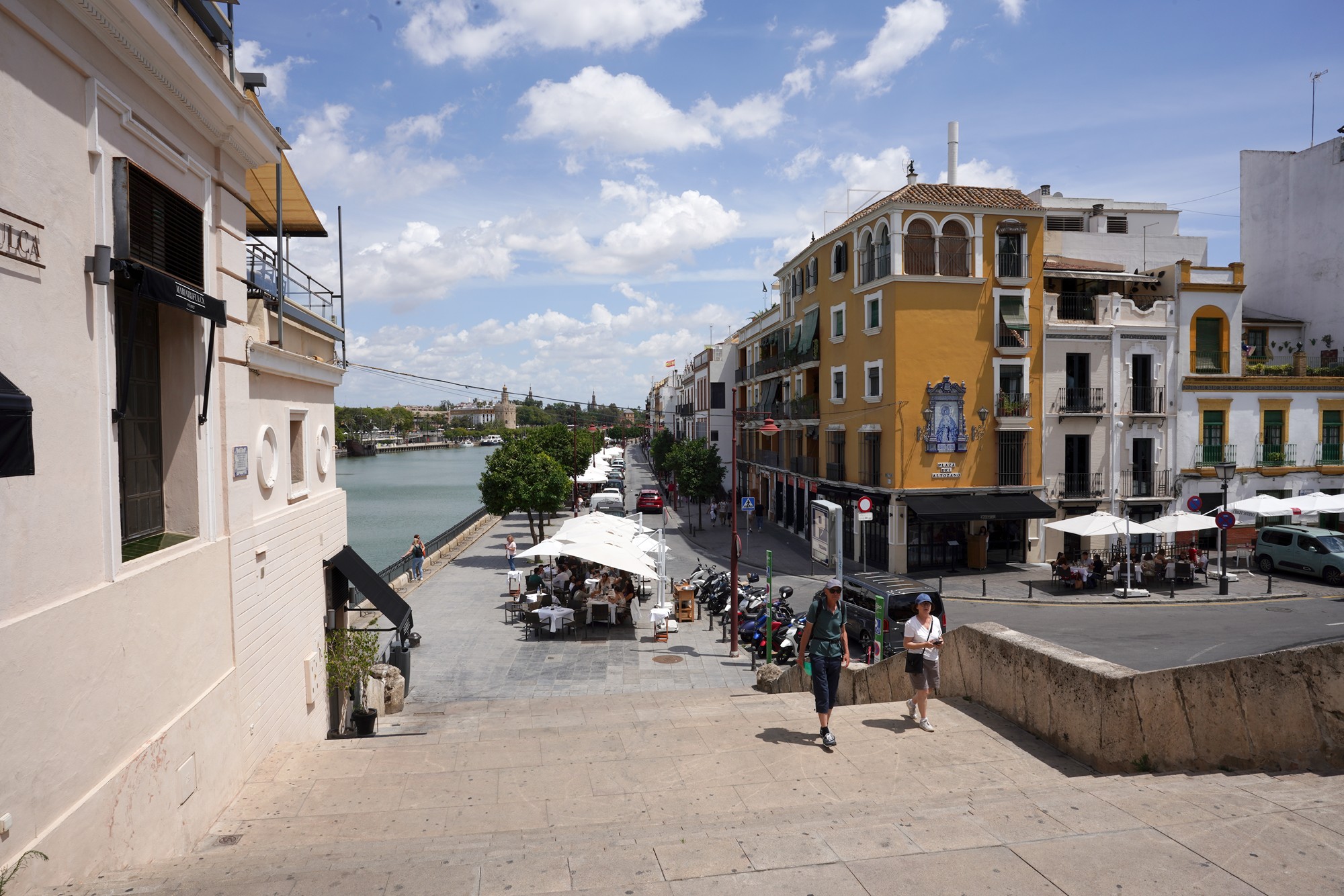
Across the bridge again

